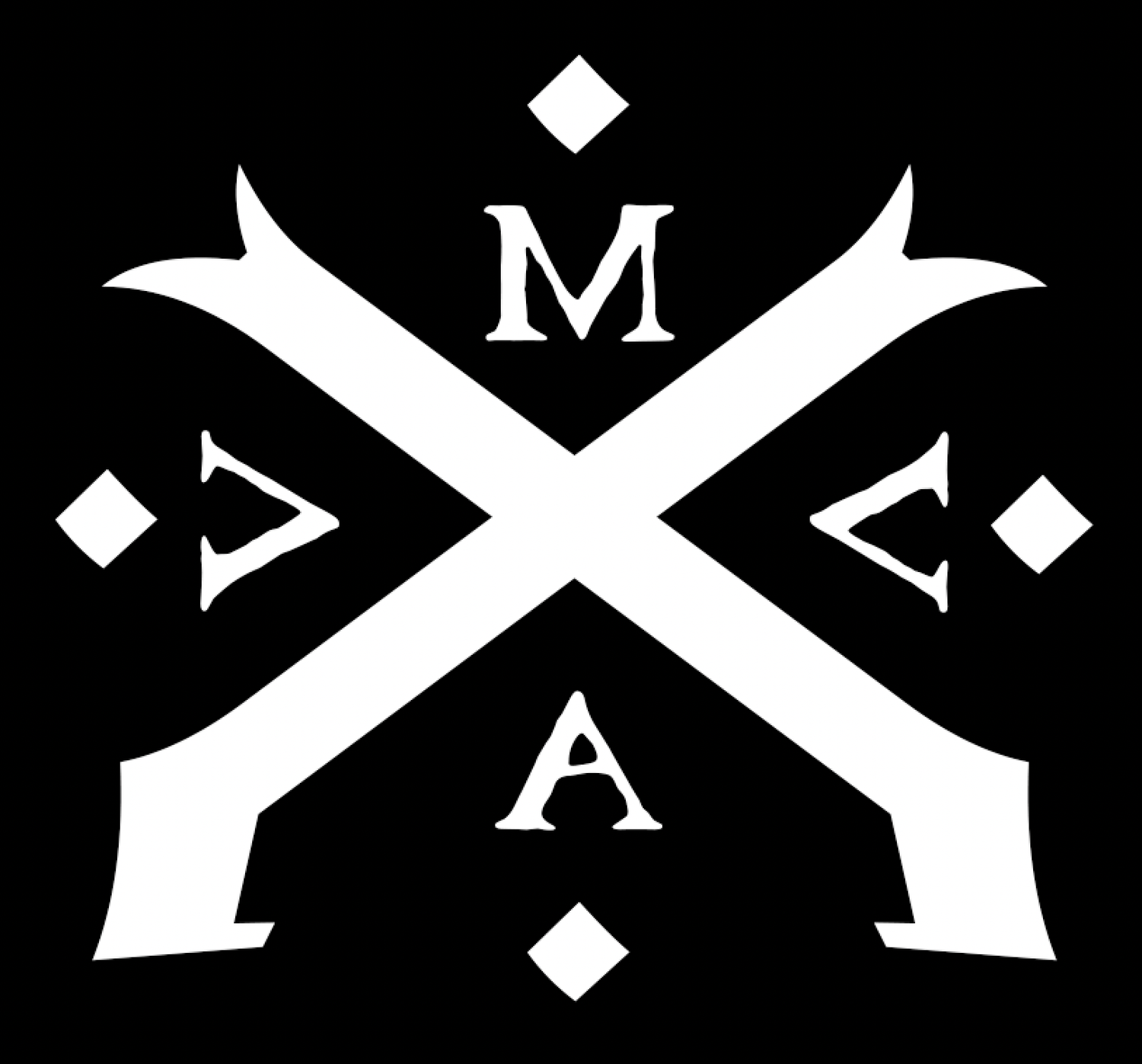Penny Dreadful props are up for auction
After three years of filming in Ireland ended earlier this year, the props used in the American-British TV fantasy-horror series, Penny Dreadful, are to be auctioned at Punchestown racecourse next month.
After closely following the series since it started I'm very tempted to book a cheap flight to Ireland to see what goth swag I can acquire. I may have to book an extra seat for the return flight though for my Vanessa Ives ventriloquist doll...
Auction dates:
September 13th (Tues) -15th (Thurs) from 10am
Full online catalogue will be available at ashgroveauctions.ie from September 9th.
Viewing:
September 9th (Fri) - 12th (Mon) - 12-6pm
Scottish Mansion for sale that screams del Toro!
This newspaper article from the Scotsman has all the key ingredients for a great Guillermo del Toro movie. On the Isle of Bute you will find for sale a former residential school for children escaping a tuberculosis and rickets outbreak in Glasgow in the 40s which is said to be infested with fairies. My mind instinctively thought of 'The Devils Backbone', 'The Orphanage' and 'Don't be afraid of the Dark', all GDT classics that draw from childhood, ghosts, infant illness and of course, fairies.
The Southpark Estate is on the market for a mere £825000! Anyone with a spare million please drop me an e-mail and in return I'll write a bleak Scottish horror about childhood discovery and the unseely wee folk who haunt the grounds of Southpark (and I'll try and catch one or two while I'm at it).
A STUNNING Victorian estate believed to be full of fairies has been put on the market for £825,000. Southpark - in the quaint village of Ascog on the Isle of Bute - is proudly surrounded by 3.8 acres of greenery and offers breathtaking views of the Firth of Clyde.
In the 1940’s the B listed property became a residential school for children escaping a tuberculosis and rickets outbreak in Glasgow. To this day the original coat hooks, shoe cubby holes and cloakrooms are still in place. During their stay the children started a rumour which still persists today - that the house is infested with fairies. It is said that the rumour began when children began noting the way the house sparkled in moonlight reflected onto it from the sea. Current owner Margaret Morrison - who has lived at the estate for nine years - said she frequently gets visited by former school children of the school who share their magical memories of Southpark.
She said: “We are visited by many former pupils, who have such happy memories of coming to school here. “For them it was a chance to escape the overcrowding and difficult conditions in Glasgow. “It’s funny, but many of them tell the same story - about believing the house was full of fairies because of the way it ‘twinkled’ at night thanks to the way the light bounces off the water and hits the stones. “It’s always been a magical place and I feel glad to be part of it.”
Along with five bedrooms, five bathrooms and three reception rooms, the property even comes with its own butler pantry. And if that wasn’t enough, a cottage and two flats in the former Coach House are also included in the offers over £825,000 price tag. The one-of-a-kind residence, managed by estate agents Strutt and Parker, also boast pristine original features such as marble fireplaces, cornicing and multiple bay windows.
Margaret and her husband David have reluctantly put the estate, designed and built by esteemed Scots civil engineer Robert Thom, on the market for health reasons.
The added: “The island is very special, a beautiful place to live. I could sit for hours watching the cruise ships sailing up the Firth - and the garden is very peaceful. “Southpark is a special place - a very welcoming house, which has meant a lot to so any people. “It was certainly built with love and over the years since, it has been carefully looked after and beautifully preserved, even when it was a school. ”Bute is not just an island it is a way of life and to walk along and be smiled at or greeted by almost everyone is wonderful.” The main town of Rothesay is around three miles away from Southpark with a frequent ferry service which runs to Wemyss Bay - where rail links to Glasgow can be found. Ascog is mainly a residential area but has several historic buildings including Ascog House, Ascog Hall, and the Italianate style Balmory Hall.
Doomsday South - Everything you wanted to know and more!
The time has come for the much awaited Doomsday South update! Here you will find the fully confirmed lineup and timetable of events, recommended accommodation and details on how to get your tickets if you've not already got them!
This is the first ever Doomsday South event and it promises to be two days of mystery and magic set in the Gothic splendour of Simon Drake's Victorian Mansion. The eclectic selection of lectures for the Saturday will cover topics ranging from hypnosis to Vampires, ancient mysteries to mentalism and urban legends with a dash of Bad Acid.
Set in the heart of Jack the Ripper territory at Dirty Dick's Pub and Simon Drake's 200 year old Victorian Mansion. Experience an autumnal gathering of guests and performers from the world of horror, paranormal investigation and cult stage and screen!
The weekend kicks off on Friday afternoon and into the evening with a private tour of the Ripper murder sites, a Victorian operating theatre as well as other strange and unusual locations around the dark streets of London.
For a first time event we have an stunning selection of lectures given by equally mesmerising guest speakers. Lecture and performance timings are listed below.
Printable tickets for the event and directions for Simon Drake's House of Magic will be sent 4 weeks before the event via e-mail.
Event Timings
Friday 11th November
For those who like to start the weekend early we will be meeting at Dirty Dicks Pub located just outside Liverpool Street Station for a wander around London's stranger locations including The Cross Bones Graveyard, The Old Operating Theatre and Apothecary, The Wellcome Collection and even a wander down Diagon Alley.
We will then meet back at Dirty Dicks for The Whitechapel Murder Trail. Walk in the shadow of the Ripper; investigate the mystery of the Whitechapel murders and learn about FBI profiling techniques. A 2 hour walk exploring the victims of Jack The Ripper and criminal profiling, interlaced with magical experiences to entertain and enhance your investigation. This walk is limited to 20 people only so please e-mail me here to reserve your space.
Saturday 12th November
We will meet at Simon Drake's House of Magic (the secret location will be confirmed to all ticket holders a few weeks before the event but it is very close to Waterloo Station), doors open at 0930 with refreshments on arrival for a 1000 start. Timings and lecture/performance order are subject to change.
1000-1100
Gavin Murphy - A Brief History of Hypnosis - from madness to the macabre... pseudoscience to neuroscience'
The history of hypnosis is rich in strange and remarkable incidents: a captivating world populated by enthusiasts and skeptics, mystics and scientists, and studded with the unexpected. A Brief History of Hypnosis looks into the origins, development and contemporary applications of what remains a controversial practice, setting out to expose the truth behind the myths, and taking participants on a mesmerizing journey through the untapped regions of the mind. Drawing upon his background as a teacher, counselor and clinical hypnotherapist, Gavin Murphy delves deep into human behaviour and psychology to explore what hypnosis might tell us about the powers and further reaches of human thought. Scintillating and thought-provoking, this lecture provides an engaging study that brings the individuals, the science and the psychology, the drama and the dreams compellingly to life....
1100 - 1200
Matteo Borrini – The Plague Vampire Exorcism
What may have been an exorcism of a vampire in Venice is now drawing bad blood among scientists arguing over whether gravediggers were attempting to defeat an undead monster.
Matteo Borrini, a forensic anthropologist from the Liverpool John Moores Universityand star of The National Geographic documentary series made a disturbing discovery on the small island of Lazzaretto Nuovo in the Venice lagoon that supported the medieval belief that vampires were behind the spread of the Black Death. Matteo gives his personal account in a lecture not for the faint hearted or those with a weak stomach!
1200 – 1300
A light lunch and refreshments will be served.
1300 – 1400
David Chaudoir – Bad Acid
BAD ACID is the debut short film from writer/director David Chaudoir. The story of a washed up cabaret hypnotist. It blends hypnotic suggestion, hallucination and demonic apparition in a wry, tragically comedic, dark fantasy, exploring the fleeting nature of fame. Marvin gets what he wished for, but not in the way that he wanted. Bad Acid is the writer/director’s love letter to the films of Amicus and Hammer from the 1970s.
David Chaudoir, writer/director, has worked for 25 years in UK Broadcast Television and as- sociated crafts. He has directed award winning promotions for The Walking Dead and The Wire and music videos for bands such as Athlete and Starsailor.
1400 – 1500
Scott Wood - Urban Legends of the London Underground
Just as fairy tales warn of the dangers of going in to the woods alone London’s urban legends are often horror stories about going alone down in to the London underground. Plague pits seethe beneath your feet in the most unlikely places, corpses ride on the tube and news of enemy bomb attacks are never further than a trip to the shops away. Some of these urban legends are older than they appear; others are new stories posing as history. Scott will tell these contemporary folk-stories, map them across London and then take them pieces of apart to show you what they’re really made of.
Scott is the author of London Urban Legends: The Corpse on the Tube, a regular-ish writer for Londonist and co-organiser & host of the London Fortean Society.
1500 - 1600
Tracy Wise - Exploring the history and mystery of OOPARTs
Out of place artefacts are exactly as the name suggests – artefacts that don’t seem to fit into the history timeline as we know it. But are these objects evidence of advanced cultures? Of alien civilisations? Intricate hoaxes or evidence of parallel universes?
Examine the evidence, question the questionable and explore the possibilities in this foray into the world of forbidden archaeology. The truth is out there….or is it?
Tracy Wise is a respected author, presenter, lecturer and magician with a particular interest in esoteric history and in bringing new insight into ancient folklore and stories. Tracy is also passionate about keeping alive the stories of inspirational people who have left a legacy to the world but are in danger of being forgotten.
1600 - 1700
David Farrant – The Highgate Vampire
David Farrant is perhaps best well known for his investigation into an unexplained phenomenon or ‘ghost’ which centred around London’s Highgate Cemetery in the late 1960s and early 1970s. Said by some (stories invariably aided by reports in the press) to be a real life ‘vampire’, much has been written about this celebrated case, and the involvement of the British Psychic and Occult Society (BPOS) who were called in to help unravel the mystery. But events were to get out of hand, and in 1974 David Farrant was sentenced to two years eight months imprisonment at the Old Bailey amidst a flurry of allegations relating to ‘vampire hunting’, desecration, ‘witchcraft’ and Satanism then being practiced at Highgate Cemetery. Although acquitted of the most serious charges of desecration, two minor one’s stuck and were enough to ensure a custodial sentence for what were seen as ‘anti Christian activities’.
However, the Highgate case was only one of many that the B.P.O.S. investigated, and continue to investigate around the country in respect of ghosts, and unexplained apparitions which have been witnessed or reported at psychically charged locations. Such locations may prove to be of essential importance when trying to understand the validity of many hauntings and ghosts and the mysterious world in which they supposedly dwell . . .
1700 - 1800
Luke Jermay – Internationally Renown Mind Reader and Mentalist
Luke Jermay is the most incredible man you’ve probably never heard of. He can read your mind. No really; he can read your mind. He doesn’t use mind games or psychological tricks; he is not a trickster, there are no smoke and mirrors. Combining intuition and hypnosis he can simply read your mind. His awe inspiring hypnotic and intuitive abilities have gained him high profile fans such as Derren Brown, Dynamo and Uri Geller who all agree Jermay is astonishing. You will be amazed at Jermay’s incredible powers; he knows your past, present and future, sometimes better than you do.
The bar can remain open after 1800 and the raffle will be drawn and there will be ample opportunity to chat with the guest speakers over a few winter beverages.
Win a Dolly Darko MkII!
Only lucky attendee will walk away with a Dolly Darko MkII haunted doll worth over £500 or a copy of Prof BC's Phantom of the Opera Doppelganger! Raffle tickets will be available from Friday.
Accommodation
The Express Eurotraveller Hotel
The venue for the event is one tube stop away from Waterloo Station however, The Express Eurotraveller Hotel is within walking distance of Simon Drake's House of Magic and is very reasonably priced.
Address: 18 Amelia Street, Walworth, London, SE17 3PY
Telephone: 020 7358 6876
Website: www.eurotravellerhotel.com
Distance: 0.3 miles
Other noteworthy hotels near Waterloo are -
The Wellington Hotel
Opposite Waterloo station and beneath the railway lines, this traditional pub with contemporary rooms is 8 minutes’ walk from the London Eye and 3 minutes’ walk to famous theatre the Old Vic.
Rooms have a modern London theme/ All have en suite bathrooms, as well as free WiFi, flat-screen TVs, desks and tea and coffeemaking facilities.
A full cooked breakfast is included. The busy pub downstairs has dark wood panelling, leather benches and sofas, and a mural of the Battle of Waterloo.
Address: 81-83 Waterloo Rd, London SE1 8UD
Phone:020 7928 6083
Website: www.wellingtonhotelwaterloo.co.uk
Hampton by Hilton Waterloo
In an imposing corner building 0.4 miles from London Waterloo train station, this contemporary hotel is 0.7 miles from the London Eye and 1.9 miles from the Tower of London.
Casual rooms include free Wi-Fi and custom-designed beds, plus both full and lap desks (for working on the bed), flat-screen TVs, and tea and coffeemaking equipment. Some also include city views and/or sofabeds.
Free hot breakfast is served in a streamlined dining room. There's also a simple bar and a fitness room, plus meeting space and a business centre.
Address: 157 Waterloo Rd, London SE1 8XA
Phone:020 7401 8080
Website: http://hamptoninn3.hilton.com/en/index.html
Travelodge
A 7-minute walk from Southwark tube station, this budget hotel in a traditional redbrick building is a 14-minute walk from both the London Eye and Tate Modern.
Simple, modern rooms come with custom-designed beds, limited free Wi-Fi, TVs and desks, plus tea and coffee making equipment. Family rooms add pull-out beds.
There’s a casual restaurant/bar offering an all-you-can-eat breakfast buffet and simple dinners (kids eat free).
Address: 195-203 Waterloo Rd, London SE1 8UX
Phone:0871 984 6291
Website: www.travelodge.co.uk
Hotel Novotel London Waterloo
A 1-minute walk from Lambeth Palace bus stop, this stylish, riverside hotel in a traditional building is also 14 minutes from the London Eye and 2.4 miles from the British Museum.
The modern rooms come with flat-screen TVs, free Wi-Fi and desks. All feature sofabeds and minibars, as well as tea and coffeemaking facilities, while upgraded rooms add iPod docks and Nespresso machines. Kids age 16 and under stay at no charge in their parents’ rooms. Room service is available 24/7.
Amenities include a bar and an international restaurant, plus an exercise room, a sauna and a hammam. There's also a play area, a business centre and meeting space.
Address: 113 Lambeth Rd, London SE1 7LS
Phone:020 7660 0674
Website: http://www.accorhotels.com
FAQs
Please post any questions in the comments box below and I will answer you as soon as possible.
Jordskott Season 2 Announced
Fans of the dark Swedish fairy folklore masterpiece 'Jordskott' will be pleased to hear that Palladium is in development for a second season. Henrik Bjorn, if you're reading this I'm kneeling in front of my Mac as I write this begging for a production role!
Sony Pictures Television has taken a minority stake in Swedish production company Palladium Fiction, which is led by the creators of mystery-noir drama “Jordskott,” Henrik Bjorn, Filip Hammarstrom and Johan Rudolphie. Palladium will focus on high-end international dramas, with SPT distributing around the globe.
Andrea Wong, president, international production, SPT, said: “Palladium is a great complement to our growing portfolio of high-quality drama production companies. Collectively, Henrik, Filip and Johan have a distinctive voice that is edgy, thought-provoking and entertaining. Their talents are evident in their ambitious development slate and we look forward to helping them build on their success.”
Palladium is in development on a second season of “Jordskott” with Swedish broadcaster SVT. They have three other projects in development, including a new project in partnership with Jimmy Desmarais, a producer on high-profile French dramas “The Returned” and “The Last Panthers.”
Palladium, which is headquartered in Solna, Sweden, was founded in 2014 by Bjorn, Hammarstrom, Rudolphie, and the Swedish media company Strange-Dahl Jihde och Bjorn AB. “Jordskott,” its best-known show, received the Kristallen award for best TV drama last year.
In a statement, Hammarstrom said: “Sony is outstanding creatively and makes a fantastic business partner with a strong international production and distribution network that will help us maximise opportunities as we expand our global reach.”
Bjorn added: “This is a really exciting time for original quality drama. We are driven by our love of storytelling and we hand-pick projects close to our heart. This collaboration with Sony gives us the tools to create compelling stories for viewers worldwide.”
The Devil Made Me Do It – Ghost in the Shell
Some projects take months, sometimes even years to come to fruition, it can seem like you're reluctantly forcing the finished piece into existence. On the other hand, some projects take on a life of their own as if they are building themselves while you sleep. This project is certainly one of those that had 'the elves and the shoemaker' syndrome as it seemed to have come together without much conscious interaction. Without sounding too 'out there' I feel like most of my art is the result of an outside influence and by outside I mean not the natural world around me but the supernatural. Something takes hold and guides my hands while my brain slips into neutral and listens to the radio or ponders menial problems like what to cook the boys for dinner. Looking at the bizarre demonic toy sat on my workshop table I can only really come to the conclusion that there's a very strong possibility that the Devil did indeed make me do it.
After 4 weeks of researching and tinkering I can finally reveal the restored version of The Devil Made Me Do It. I use the term restoration loosely though as there were hardly enough remaining components to build a quarter of what you see here. Apart from a battered head, smashed body and the original wooden box (wooden enclosure only minus the art), the rest of the project has been an educated guess influenced by the descriptions in Reverend Morrison's diary. At this stage it is, as the title suggests, a shell as there are no working elements installed at the moment. My wife's uncle has made some progress on the clockwork mechanism and I hope to install this towards the end of July.
The artwork was probably the most time consuming element as it was like a jigsaw puzzle with 60% of the pieces missing. With no chance of ever locating the missing art it was down to imagination and many hours sat at the graphic tablet with my hands working autonomously. The 'game' certainly conveys a 1950s carnie feel, the addition of the 3-card game board and lights are my own personal touches.
Aesthetically it is nothing like any of my previous work which has been solely Gothic Victoriana. Granted, it is a restoration project but when presented with so few parts and sketchy information where does restoration end and creation begin?
A demonic focal point for any serious collection, 'The Devil Made Me Do It' commands curiosity and draws in the inquisitive like flies to a corpse. The juxtaposition of the vintage toy facade coupled with satanic overtones makes it an unnerving conversation piece with strange powers that can be demonstrated to those who dare play with the Devil! In that respect it does what the original device intended to do, to temporarily tempt the righteous away from God to demonstrate how easily evil can influence behavior if you let your guard down for one moment. That is of course if you believe in all that bunkum.
'The Devil Made Me Do It' is the satanic love child of a possessed Jack in a Box and Zoltar the Fortune Teller and in a few weeks I shall hopefully be the Dr Frankenstein who gives this monster life once more. Given the unfortunate history you have to ask yourself if it is wise to mess with the unknown? To which I say “Yes!”
Check back soon to see what happens when the lights and working mechanism are installed in a few weeks.
Crookes' Residual Ectometron - The Ouija Electric Edition
The Ectometron has officially been out of production for well over a year due to difficulty in finding parts. Some of the vital components had become obsolete and no longer in production which had a knock on effect with my production of this iconic piece.
So what do you do when one of your best clients requests an Ectometron and won't take no for an answer? You say OK and start the arduous task of sourcing alternative parts.
Seven months later a complete Ectometron emerged from the studio like no other. Mounted on a Victorian chest of drawers and with a detachable Ouija board this looks more like an occult switchboard to the spirit world.
This version is designed to be used by one person. A 'Spirit Catalyst' is placed in the metal sphere and the machine is started. This can be a person item once owned by the deceased such as a ring or lock of hair. The use of the catalyst allows the user to contact specific spirits rather than random ones. The combination of the catalyst and the Ouija board and then used to channel thespirit which materialises in the Ectoplasmic Chamber. Once the spirit has manifested the user may then communicate with the Ouija board and relieved audible spirit responses via the bell, visual responses by electrostatic discharge in the chamber or even vocally via the spirit trumpet.
Once the communication is complete the lid can be removed from the Ectoplasmic Chamber and the residual ectoplasm from the apparition will escape into the ether in the form of a vortex which can reach over 7 feet.
Even when not in use this particular Ectometron can be used to play gramophone music through.
All of the pictures can be seen here in my portfolio gallery.
The Devil Made Me Do It, pick a sin, any sin...
The great thing about a blog is that you're never sure who is reading it. Sometimes you wonder if anyone is actually reading it at all but every now and again your receive some form of reassurance that your posts don't just vanish into the electronic ether.
Last week I received a response to my 'The Devil Made Me Do It' blog post from 10th June. The reader kindly pointed me in the direction of a well known History Channel antiques hunting show based in the US. He recalled that in a very early episode of season 2 the team came across a barn in South Carolina owned by a crazy old hoarder who collected religious items.
One of the items the team found was a deck of cards that depicted sins. This sounded awfully familiar to the cards that accompanied the strange game I had acquired. So I set about trying to trace the exact episode through various channels, some legitimate and some not so. I eventually found the episode on a Russian site that hosted nearly every History & Discovery Channel program and their associates episodes as well as numerous other shows. I had strong doubts that the site was legal but armed with good virus protection and a fast internet connection I found what I wanted. For legal reasons I'm unable to upload the clip to YouTube but I will do my best to describe it and I have provided some screen shots.
I found the part of the show where the team tried with all of their persuasion and charm to get the serial spiritual hoarder to part with some of his loot which was proving easier said than done. Then from behind a rusty Coca Cola sign one of the show presenters pulled out an old box containing various standard church items, an old bible, a crucifix, order of service leaflets and a mysterious deck of cards.
The presenter remarked on the odd find and jokingly asked his partner in crime to "pick a card, any card!". He picks a card and reads it aloud, "Your Sin is blaspheming". He then briefly holds the card up so the back can be seen and there it was, the back of the card had The Devil Made Me Do It logo! The card was an exact match for the few I had in the studio and to know that there was another complete set in existence was unbelievable.
The most remarkable thing was that when the show presenter asked the old chap how much he wanted for the cards he replied "nah, you can have 'em, maybe they'll help you stay on the righteous path".
I then jumped straight to Google to source a contact number or address for the business featured in the show and minutes later I was composing an e-mail asking how much they wanted for the Sin deck!
I explained that I had a number of cards and an original The Devil Made Me Do It 'game' in various bits. I asked firstly if they still had the deck and secondly how much they were willing to sell it for.
They replied a few days later saying the deck wasn't for sale. They did however, offer to scan all of the cards and send me a pdf copy in return for keeping them in the loop on how the restoration of the original machine was developing.
So I now have a full deck of all 48 Sin cards from The Devil Made Me Do It. My personal favourite has to be the 'Eating Blood' card. It's almost incomprehensible to think that vampirism was still feared in 1950s America!
The actual card dimensions are a little larger than standard business cards so I cleaned up the pdf scans and combined them with artwork from the few card I had to produce a replica deck.
The restoration of the game is coming along nicely and I'll be blogging some images soon. The actual exterior is almost complete but the internal workings are way beyond my technical level. As ironic as it sounds, the mechanism is so odd it could've been designed by the Devil himself!
Stewart McDonald the lebanon circle carpenter RIP
Even though Lebanon Circle is a one man venture there are many cogs behind the scenes that keep things ticking over. The people I lovingly refer to as 'cogs' are family and close friends who do the difficult bits I can't do, namely needlework and carpentry. Sadly, the chap who I have worked with the most died yesterday after a 5 week battle with cancer. Not only was he my 'wood wizard', he was also my best friend's dad, a good mate and someone I've known virtually all of my life.
If you're an owner of Dolly Darko, Abacus Spiritalis or The Swami Spirit Altar II you'll be familiar with his amazing work. I still have many of his prototypes and works in progress scattered around the studio now unlikely to see the light of day. We were only discussing the plans for Dolly Darko MkII a few months ago before his health took a noticeable dive. Cancer is a relentless and uncompromising bastard that affects everyone at some point in life and 2016 seems to be year the evil fucker has stepped up his game. Childhood rock idols and film stars are one thing but family and friends really over steps the mark. It's certainly the end of an era and the business won't be the same without Stewart.
Ultimately he lived long enough to achieve what every parent wishes for. To see their own kids flourish, get married and have a family of their own. Stewart was not only a great craftsman, he was also an avid wildlife conservationist who saved countless hedgehogs, squirrels and birds of prey. He was also a great dad, grandad and the only man I know who could hit a moving target with a Christmas dinner from 100 yards.
He'll always be remembered as a vital part of making Lebanon Circle what it is today and it won't be the same without him. One of my cogs is missing and it will be a long time before things start ticking again.
Stewart McDonald - 20th January 1947 - 28th June 2016
The Mummified Fairy Workshop Review
The past weekend will remain memorable for two momentous reasons. I will always remember that when the UK decided to leave the EU I was in Germany giving my first overseas workshop.
I can honestly say that it is quite difficult to convey my disappointment at leaving the EU. Although my political stance has always dressed to the right I voted to remain as I was thinking about the impact of leaving for the future generations, namely my children. It was a sad day but I have optimism in my heart and the room I was given at Hotel zum Zauberkabinett in Bad Heilbrunn echoed my positivity.
All of the rooms at the hotel were themed on tarot cards from the major arcana and I had been given The Sun. This card symbolises finding sense behind chaos, attaining a new levels of insight, having an intellectual breakthrough and getting to the heart of the matter. Ultimately all the things I hope to do in the coming months and years in the shadow of Brexit. But most of all the card represents the most positive oracle in the tarot deck and I took this as a good omen of the times ahead.
After a delayed flight due the closure of Belgian airspace, Alex Roemer, long time friend and proprietor of Hotel zum Zauberkabinett took me for a much welcomed beer and Bavarian meal in the scorching sun. Many ideas were hatched and secrets exchanged before we headed back to the hotel to prepare for the forthcoming weekend. This was to be my first Mummified Fairy Workshop for a foreign audience.
The motley crew of attendees started to arrive on Friday afternoon. A teacher, a larper, two magicians and Switzerland's top Jack Jersey impersonator (yes, I wondered who he was also!) arrived for what sounded like the start of a bad joke. After a wonderful meal on the terrace set in the wooded hills I started with an introduction and my lecture on the mummified fairy hoax.
Saturday started bright and breezy with an early breakfast and straight to the studio. Being creative can be surprisingly tiring if you're not used to it so I decided to crack on early to maximise my time with the group. I was told that everyone had some form of artistic ability and we made a great start.
The schedule roughly followed the DVD workshop I had produced a few years earlier with the help of Kickstarter and a few hundred loyal backers. The obvious benefit of this more personal workshop was the one-to-one tuition and the fact you didn't have to watch my hands for 3 hours, unlike the DVD. As all of the group had some form of interest in magic it's not surprising that by early afternoon the fairies had ended up with magnets implanted into their rib cages. The table was alive with jumping and spinning reanimated fairy corpses. After nearly seven hours of melting, painting and sticking we placed the fairies in the drying room and retired for a rest before the evening activities. Felix thrashed me thrice at Carcassonne so I decided to head to my room and drown my sorrows in even more post referendum pessimism.
Most Saturday nights Alex hosts a dinner and evening of magical entertainment. This has been running for 19 years and many of his 50000 plus audience members keep returning for more. The dinner takes place in his impressive magic room crammed with strange artefacts, antique illusions and a mirror where you may see the grim reaper materialise during the evening. Although the whole performance was in German I understood what was happening and after a few beers it didn't really matter anyway!
Sunday morning was spent adding the finishing touches to our desiccated monsters. Hair, wings and eyes added 'life' to the dead fairies and just before lunch we arranged our creations for their first group photo. The artistic talents of the group really shone through and Andreas created possibly the deadest looking dead fairy I had ever seen. The group exhibited excellent effort all round and I'm hoping that everyone who attended had a rewarding and memorable experience.
For an experimental first the workshop was a great success and everyone walked away with something horrific to perplex their family and friends. Due to the success, on the way to the airport Alex and I started our plans for another possible workshop in 2017 so if you're interested in taking part please e-mail me for details.
Thanks once again to Alex for being such an accommodating host and of course a personal thank you goes to Felix, Roman, Manuela, Andreas and Stefan for attending the weekend course.
The Birch
Without a doubt this is the best 4 minutes and 30 seconds of my week and it's only Tuesday. There's elements of Blair Witch and Pan's Labyrinth with a modern folklore Jordskott vibe in this excellent short from horror directors Ben Franklin & Anthony Melton. The Birch is a twisted slice of fantasy horror produced in partnership with Crypt TV.
A bullied schoolboy takes drastic measures against his tormenter, summoning an ancient being in the woods using a spellbound book passed down through the generations of his family. A gruesome revenge tale that paints a monstrous evil as a loyal, yet potentially unstable protector, this is the latest work from the team at Bloody Cuts.
Ancient tomes, ancient woodland spirits, vengeance and a satisfyingly gory conclusion. It's amazing what you can convey in 310 seconds, enjoy!
The Cabinet of Curiosities Challenge Part 1
Well over a year ago a very special client sent me a huge parcel. Inside the mystery package was a large wooden doll's wardrobe box. The uninspiring red stained box from around the 1960s then sat in the studio staring back at me for months like a blank canvas. After months of batting e-mails back and forth many great ideas were hatched but I still couldn't get past the sheer size and plain facade and so it remained in the studio gathering dust while a very understanding and patient client waited...
And waited...
There comes a time as an artist when the subconscious mind whirs away in the background and comes up with a solution to the creative block you've been trying to figure out. It then pushes the ideas back into your conscious mind and the blank canvas starts to take shape. For me, the penny dropped at this year's Doomsday when Andy Cooper and Nik Taylor did their lecture on how they created a cabinet of curiosities attraction in 3 weeks. If they could successfully turn something like that around in a matter of weeks surely I could take this box that has haunted me for so long and finally do something with it!
The huge wardrobe box in its original state
The most distracting thing about the box was the horrible red finish, it felt like a creative fog bank that I couldn't see past. I proceeded to sand the lot off in a satisfying cloud of sawdust. I then blasted the bare wood with a blow torch to highlight the grain, applied a few coats of wood stain and then set fire to the whole thing. The box finally took on a new lease of life and my creative juices finally began to flow.
One of the criteria for the box was that prior to the performance it had to be chained and locked to give the impression that something dangerous was safely contained within. The chain and padlock would then unlock and fall with a loud bang as if opened by unseen hands all done with little or no intervention from the performer.
Simon Drake produces a very nice self opening padlock but the method would not work with this box as it needed to completely fall off with a loud thud. The only other method I knew was developed by Roni Schachnaey and used an ungimmicked lock. I decided to go with a modified version of Roni's haunted lock but I would need to experiment with making the chain also break and fall.
After several hours tinkering I nailed it and the once normal antique padlock finally became 'haunted'. The lock clicked open and hit the studio table with a loud crash followed by a tangle of rusty chain. I put a big fat tick on the client's wish list and readied myself for the next task.
With the exterior almost complete I opened up the wardrobe and looked at the huge expanse of empty space. This was by far the largest prop I'd ever tackled. Like most huge tasks, the best way to approach them is to break them down into smaller manageable parts. The wardrobe consists of four sections so over the next few blog posts I'll be covering each section individually until I finally arrive at a complete portable Cabinet of Curiosities.
The client's 'want' list includes (in his own words) -
A portable bookshelf for the Doppelgängers. It would need some sort of buckling or removable strap to hold the books in place on the shelf
For the two drawers underneath, I was thinking that the top one would just remain a functional drawer, but maybe the bottom drawer could be home to your Ghost in the Machine?
I like the clothes hanger bar and was only thinking of using it for hanging pendulums and perhaps the Ceseral Spirit bell on a string for a performance option. If you can think of something better for it - or a reason to get rid of it - I'm listening.
A display section with little pouches with instruments and alike. I would also love to have several rows of your miniature phrenology heads along the back. I think those are brilliant.
All the backings of the case need some sort of base decor. Velvet? Satin? Flocked wallpaper?
I love that there is a mirror in this box, with a shelf in front of it. I wish there was room to do some sort of two-way mirror effect, but there probably isn't. The frame should be a bit more decorative -- perhaps an oval frame over the existing mirror would set the mood.
The drawer under that shelf, I was thinking, could be a velvet, padded drawer for transporting whatever 'delicate item' was required for that performance (haunted key, artifacts etc). I also have one other idea, for one of your fantaxidermy creations, but I'll add that in it's own section at the bottom. Under the drawer? I don't know.
I woke up one night and realized that I would like you to create a very special mummified fairy... a nightmare. It would be incredibly cool if he had "caught one" and could display it. I just picture one of your fairy pieces, but squatting on his haunches, like the nightmare from Henry Fuseli. Maybe it's captured and dried out in an antique glass lantern.
This was something that could go in that padded drawer, carefully removed for display on the table or on the shelf in front of the mirror.
Stay tuned and see how this develops!
Lurkers of the Midsummer Woods
This excellent article from Patheos.com covers the darker side of fairy folklore, the side that seems to have been swept aside and replaced by fairy doors, glitter and tutus. For me the most interesting spirit covered is the Woodwose whose description bares a striking resemblance to the modern day Sasquatch and other associated hairy woodland cryptids.
Outside the Circle: The Bad Fairies Of Litha
Litha or Midsummer, a time of bonfires, mugwort, mythical beings, nights and days of mischief and love. The veil is thin. The Celts, the Norse and the Slavs believed that there were three ‘spirit nights’ in the year when magic ran amok and the Otherworld was near. The first was Halloween, the second was May Eve and the third was Midsummer Eve. All sorts of enchantments are in the air now and Spirits and Fairies abound. What follows here are some of them. These are not your good fairies but tricksters and darker spirits.
Will-o’-the-wisp
A will-o’-the-wisp, Medieval Latin: “foolish fire”, is an atmospheric ghost light seen by travellers at night, especially over bogs, swamps or marshes. It resembles a flickering lamp and is said to recede if approached, drawing travellers from the safe paths. The phenomenon is known by a variety of names, including jack-o’-lantern, friar’s lantern, hinkypunk, and hobby lantern in English folk belief, well attested in English folklore and in much of European folklore.
The names will-o’-the-wisp and jack-o’-lantern are explained in etiological folk-tales, recorded in many variant forms in Ireland, Scotland, England, Wales, Appalachia, and Newfoundland. In these tales, protagonists named either Will or Jack are doomed to haunt the marshes with a light for some misdeed.
In European folklore, these lights are believed to be spirits of the dead, fairies, or a variety of other supernatural beings which attempt to lead travelers to their demise.
Hinky-Punk
Its flame burning through the darkness guides unsuspecting travellers into swamps or over cliffs. Bands of them are often found at the site of Shipwrecks.
Another name for the Will-o’-Wisp, magical lights of European folklore.
Spunkies
Spunkie in the Scottish Highlands where it would take the form of a linkboy (a boy who carried a flaming torch to light the way for pedestrians in exchange for a fee), or else simply a light that always seemed to recede, in order to lead unwary travelers to their doom.The spunkie has also been blamed for shipwrecks at night after being spotted on land and mistaken for a harbor light. Other tales of Scottish folklore regard these mysterious lights as omens of death or the ghosts of once living human beings. They often appeared over lochs or on roads along which funeral processions were known to travel.
Pixies
Also related, the Pixy-light from Devon and Cornwall is most often associated with the Pixie who often has “pixie-led” travellers away from the safe and reliable route and into the bogs with glowing lights.
In Welsh folklore, it is said that the light is “fairy fire” held in the hand of a púca, or pwca, a small goblin-like fairy that mischievously leads lone travellers off the beaten path at night. As the traveller follows the púca through the marsh or bog, the fire is extinguished, leaving them lost.
Phooka
Phooka may refer to Púca, a creature of Celtic folklore or from the Old Irish poc, ‘a male goat’.
Puck was the goat-footed satyr made famous in Shakespeare’s A Midsummer Night’s Dream.
Often thought of as an animal spirit, some accounts believe it gets its name from Poc, meaning he-goat in Irish. In fact, Pooka is a changeling, and can take animal or human form.
The animal Pooka is usually jet black with fiery golden or red eyes. Some associate it with devil!
The mountains and hills are this creature’s domains. Depending on the part of Ireland you lived in, Pooka was thought to be either helpful or menacing. It has been known to help farmers for example, but it can also wreak havoc. Generally however, perceived wisdom holds that an encounter with Pooka is not considered propitious, as this fairy creature is a portent of oncoming doom. Known for its cunning and wile as well as lies and deception, Pooka’s archetype is trickster. It is also a fertility spirit since it has power to create or destroy, as well as ability of human speech, it is a gifted prophesier.
Woodwose
Wild men support coats of arms in the side panels of a portrait by Albrecht Dürer / Public Domain via Wikimedia Commons
The wild man (also wildman, or “wildman of the woods”, archaically woodwose or wodewose) is a mythical figure that appears in the artwork and literature of medieval Europe, comparable to the satyr or faun type in classical mythology and to Silvanus, the Roman god of the woodlands.
The defining characteristic of the figure is its “wildness”; from the 12th century they were consistently depicted as being covered with hair. Images of wild men appear in the carved and painted roof bosses where intersecting ogee vaults meet in the Canterbury Cathedral, in positions where one is also likely to encounter the Green Man.
Robin Goodfellow
In English folklore, Puck, sometimes known as Robin Goodfellow, is a domestic and nature sprite, demon, or fairy.
One of the most popular characters in English folklore of the last thousand years has been the faerie, goblin, devil or imp known by the name of Puck or Robin Goodfellow.
He’s been pictured like a brownie or a hobbit. In a 1785 painting by William Blake, he looks like Pan from Greek mythology. Robin Goodfellow is one of the faeries known as hobgoblins or just hobs. Hob is a short form for the name Robin or Robert (“the goblin named Robin”.) Robin itself was a medieval nickname for the devil. Robin Goodfellow was not only famous for shape-shifting and misleading travellers. He was also a helpful domestic sprite much like the brownies. He would clean houses and such in exchange for some cream or milk. If offered new clothes, he’d stop cleaning. There are stories of the Phouka and Pwca doing similar deeds.
Peg o’ Nell
Peg o’ Nell, the water spirit of the River Ribble, was once a young servant girl at the local Waddow Hall. Legend ~ Peg o’ Nell was said to have slipped through the icey water and drowned in the Ribble while fetching water on a frigid night. To punish those who failed to rescue her, came back every seven years to steal a victim. On Peg’s night, when the Ribble rises to snare a new victim, and, because she could be tricked by drowning some sort of animal, it was considered appropriate to make proprietary sacrifices of small birds or animals to the river spirit.
The water-spirit of the river Ribble in Lancashire. She was said to be the ghost of a servant at Waddow Hall.
Jenny Greenteeth
Jenny Greenteeth is a figure in English folklore. A river hag, similar to Peg Powler or a grindylow, she would pull children or the elderly into the water and drown them. She was often described as green-skinned, with long hair, and sharp teeth. She is called Jinny Greenteeth in Lancashire, but in Cheshire and Shropshire she is called Ginny Greenteeth, Jeannie Greenteeth, Wicked Jenny, or Peg o’ Nell.
A similar figure in Jamaican folklore is called the River Mumma (River Mother). She is said to live at the fountainhead of large rivers in Jamaica sitting on top of a rock, combing her long black hair with a gold comb. She usually appears at midday and she disappears if she observes anyone approaching. However, if an intruder sees her first and their eyes meet, terrible things will happen to the intruder.
In Ireland and Germany she appears as a beautiful woman in a white gown, and is called respectively Bean-Fionn and die Weisse Frau. Although her visage is changed, she is still the same dreaded Jenny Greenteeth, haunting river banks and dragging her victims to their untimely deaths. The moral of all Jenny Greenteeth stories is to stay away from rivers and lakes, and it is thought that she was the imagined creation of mothers who wanted to warn their children away from the water’s edge with frightening tales. Her stories may have also derived from duckweed, an aqueous plant that wraps its tendrils around one’s leg and traps them under water.
Oakmen
At this time of year, when the oak is the most powerful tree, spirits called oakmen guard it. These are the most widespread tree fairies in England. Beware, because they are fierce guardians of their trees and do not really like humans. They appear as forest dwarfs and offer food to passing mortals, but this always turns out to be poisonous fungi disguised by glamour, the fairy magic. They also guard all the forest animals, especially foxes, and punish those who harm them. The rain that gathers in their oak hollows has powerful healing qualities.
This is the season for other spirits too, the drinking kind. Elderflower champagne, Strawberry wine, Black currant mead and Heather ale. It is said the Picts brewed a legendary ale from heather, the recipe for which was a secret. Invading Norsemen tortured the guardians of the secret in order to obtain the recipe, but to no avail.
The Box of Astaroth - The Garden of Earthly Delights Edition II
The first Garden of Earthly Delights Edition triggered a number of commissions from Bosch fans as well as a few Pieter Bruegel the Elder requests which I am currently working on.
Please remember to share, follow and subscribe!
The Box of Astaroth – The Davenport Brothers Edition
Created with a traditional spiritualist theme in mind The Davenport Brothers edition captures the mystery and trickery of the day in the form of a miniature spirit cabinet.
The Davenports began in 1854, less than a decade after Spiritualism had taken off in America. After stories of the Fox sisters, the Davenports started reporting similar occurrences. Their father took up managing his sons and the group was joined by William Fay, a Buffalo resident with an interest in conjuring. Their shows were introduced by a former "Restoration Movement" minister, Dr. J. B. Ferguson, a follower of Spiritualism, who assured the audience that the brothers worked by spirit power rather than deceptive trickery. Ferguson was apparently sincere that the Davenports possessed spiritual powers.
The Davenports' most famous effect was the box illusion. The brothers were tied inside a box which contained musical instruments. Once the box was closed, the instruments would sound. Upon opening the box, the brothers were tied in the positions in which they had started the illusion. Those who witnessed the effect were made to believe supernatural forces had caused the trick to work.
The miniature version of the brother's box illusion mirrors their larger original with the ability to make musical instruments play from within, move objects and even make the curtains twitch in response to questions.
Please remember to share, follow and subscribe!
The Most Mysterious Mansion in London
A wonderful article taken from one of my favourite blogs MessyNessyChic and if you've got a spare £3 million all this could be yours...
Malplaquet House is one of those places that makes everyone in the neighbourhood, or anyone walking past its mysterious overgrown gates, wish they could get a look inside. A home worthy of Miss Havisham herself, until recently this stellar cabinet of curiosities was one of London’s forgotten mansions, uninhabited for over a century, heading towards a fate of demolition…
In the 90s, the four-story Georgian mansion on Mile End Road was rescued by the Spitalfields Trust and became a Grade II listed building. Malplaquet House had even more luck when it fell in to the hands of the best possible buyers imaginable. Enter Tim Knox, British historian, former director of Sir John Soane’s Museum, (another restored London time capsule) and now director of the Fitzwilliam Museum in Cambridge. Together with the renowned landscape gardener Todd Longstaffe-Gowan, these two passionate collectors purchased the 275 year-old East London ruin from the Trust for £250,000. A monumental restoration project began.
Over three centuries, the house had been extensively altered up until its last domestic residents were recorded in 1895. In the 1850s, Malplaquet had seen the last of its wealthy tenants and was divided up into smaller lodgings and two shops were built upon the old front garden. Most of the double-fronted property would eventually just end up as storage space for the shops. When Tim and Todd came along in 1998, they had their work cut out for them.
“Guided by historic documentation and surviving evidence, the forecourt shops were demolished, revealing the house surprisingly intact,” says Fyfe Mcdaid, the estate agency now listing the home for £2,950,000. “Since then the owners have carefully restored the building and its garden setting, making Malplaquet House one of the most unforgettable secret houses of London.”
Unforgettable, spellbinding, thrilling romantic: these are all words that have been used to describe Malplaquet. Before the house went on sale, a local blogger, “The Gentle Author” visited the mysterious mansion and published his account along with some stellar photographs taken by Philippe Debeerst.
"Hovering nervously on the dusty pavement with the traffic roaring around my ears, I looked through the railings into the overgrown garden and beyond to the dark windows enclosing the secrets of this majestic four storey mansion (completed in 1742 by Thomas Andrews). Here I recognised a moment of anticipation comparable to that experienced by Pip, standing at the gate of Satis House before being admitted to meet Miss Havisham. Let me admit, for years I have paused to peek through the railings, but I never had the courage to ring the bell at Malplaquet House before".
'The Devil Made Me Do It', rediscovering the toy more dangerous than the Ouija Board
I discovered this truly bizarre 'toy' by sheer coincidence, or fate you might say. When you're in my line of business you get to meet some wonderfully eccentric people and a recent FeeJee Mermaid commission led me to a client who had one of the strangest collections I'd ever seen. I delivered the mermaid personally to a location near Nottingham as they don't travel well, especially when dropped a dozen times by a disgruntled courier. The client was over the moon with the new addition to his menagerie and we started to discuss other pieces of my work such as The Swami Spirit Altar. I explained that the piece was inspired by the 'Zoltar' fortune telling machines that pepper the esplanades of many seaside towns and that I loved the aesthetics of these quirky amusements.
He then disappeared to make a cup of coffee and returned a few minuted later with two mugs of scalding hot beverages and an old box tucked under his arm. “Here, you can have that”, he said and thrust me the coffee and the box. When I looked inside I was confronted by a plastic demonic face grinning back at me nestled on top of a pile of cogs, dusty springs and dead spiders. “I bet you've never seen one of these before”, he exclaimed to which I replied a resounding “No!”. He sat back in his chair, lit his skull meerschaum pipe and started to recount a tale that not only amazed but also perplexed me. “If you don't believe me, read it for yourself”, he said and pointed at the battered box. Amongst the chipped devil-red Bakelite and flame emblazoned rusty metal was a hand written note of what the mysterious contraption used to be.
'The Devil Made Me Do It', was a 'toy' manufactured by the obscure US Silver Shamrock Toy Co. in 1951. Fans of John Carpenter may recognise the company name as the manufacturer featured in Halloween III: Season of the Witch. In the movie Silver Shamrock Novelties was a mask and novelties company that had a very evil agenda so it was fitting that he may have named it after the original 1951 company. 'The Devil Made Me Do It' was the only item ever produced by Silver Shamrock and the production run was limited to an estimated 40 units. Colman Joyce, the company proprietor was a Baptist fanatic and although 'The Devil Made Me Do It' was made with the good intention of teaching children the evils of dealing with the devil, his venture backfired. After the events I am about to discuss almost all of the 'The Devil Made Me Do It' toys were destroyed and Joyce closed the factory and vanished never to be seen or heard from again.
The concept of the toy was simple and was meant to serve as a moral lesson demonstrating that if you leave your mind open to evil thoughts, the Devil can make you do things beyond your control. The world's first and last possession toy and definitely not something you'd find perched on the shelves in Toys-R-Us. The original machine came with a deck of cards which contained images of sins being committed such as theft, murder, blasphemy, hatred and all of the things you'd expect to find in a child's game created by a religious fruitcake. The child would mix the cards face down and select three at random, placing them in front of the Devil. Taking the Devil's red right hand the child would then move the hand left, right or centre so that it pointed at one of the three chosen cards. Once a final card had been selected the Devil's eyes would eerily light up and he would reveal a ticket naming the chosen card before it was even turned over. The child would then turn over their randomly selected card and it would match the ticket every time! Thus proving that the Devil could make them theoretically commit the sin on the card without them even knowing if they ever veered from the righteous path.
The folk on the bible belt loved the 'toy' as its demonic facade scared the hell out of the kids! Joyce traveled from parish to parish giving demonstrations of 'The Devil Made Me Do It' at Sunday Schools all over the deep south. And as you can imagine, the orders came rolling in. Nobody seemed to ask or be bothered how it worked, they just saw it as a tool to keep the kids on the straight and narrow. The kids also saw it as a challenge and tried to outsmart the Devil, but whatever card they selected the Devil already knew which one they had picked because obviously, the Devil made them do it!
After a year on the road touting his satanic toy to the masses things took a turn for the worse. On the 6th June 1952 in the small town of Prospect Hill a few miles east of Greensboro, North Carolina a young man named Bobby Kelly walked into his local Sunday school with a loaded revolver and gunned down 5 of his friends. As the rest of the class hid under tables to take cover he walked up to the blackboard and scrawled 'The Devil Made Me Do It' in chalk before pointing the gun at his head and firing the sixth bullet. The words on the blackboard struck a disturbing significance with the town as Joyce had only been there months before letting the Sunday school kids play with his 'toy'. Others also saw the date of the murder, the 6th June and that six bullets had been fired as not a coincidence but a sign that the Devil had indeed made Bobby Kelly kill his friends in cold blood. Other rumors circulated that when Bobby had a go on Joyce's toy he had picked the 'Murder' card thus confirming that this had been the catalyst behind the multiple homicide.
Colman Joyce became a hunted man and he was on the most wanted list in three states. Every parish that had purchased a copy of 'The Devil Made Me Do It' performed a blessing and burning of the strange device until nearly all traces of the toy were destroyed. Neither the law nor the church ever caught up with Joyce although it is thought he made it back to his factory, emptied the safe and then vanished. Joyce was never seen again and to this day he is still held responsible for the Prospect Hill murders. Some even believe he actually was the Devil using his toy of terror to infiltrate the church and corrupt it from the inside.
The account you have just read was compiled from the notes of Reverend Morrison who had traveled to the US in the mid 60s as part of an exchange program. He bought the battered remains of what is believed to be the last of Joyce's toys in existence back to the UK. In his notes he comments that the toy had been discovered under the floorboards of a storm damaged church in Wallins Creek while it was being rebuilt. Morrison had been sent to the area to help rebuild the church and provide support to the community, some of which had been made homeless by the storm. Intrigued by the box of broken parts Morrison decided to delve into their devilish past and soon discovered that Joyce's toy was still fresh in the minds of some fearful locals. What remains of 'The Devil Made Me Do It' were discovered by my client at a house clearance in Mansfield UK, the home town of Reverend Morrison. I've no doubt that he bought the toy home where it remaining in storage until his death at the ripe old age of 96.
And so I sit here writing this blog post with the grinning red Bakelite head staring at me wondering if all of this could be possible? A device that can predict something you've chosen before you even know what you've chosen? Does it predict or does it actually influence your choice and if so how does it influence the user? As a designer of illusions I have no idea how it works, but neither has anyone else apart from Colman Joyce who took the secret to his grave.
Regardless, I feel compelled to rebuild and restore this last copy of 'The Devil Made Me Do It' to its former glory and maybe I can finally solve the mystery myself. Every time I look at that head on my studio desk I can almost hear it begging to built once again but unfortunately not all of the parts appear to be there and I have no reference material to work from regarding what it originally looked like. The box contains the following parts -
a red Bakelite head
a black Bakelite cloaked body
a red Bakelite hand and pointing mechanism
6 sin cards – these are individually numbered as 12, 32, 17, 5, 6 and 38 so I assume there must have originally been more than 38 cards
a wooden enclosure that the cloaked body would have been mounted on. This still has some traces of stickered artwork showing the Silver Shamrock logo and some pretty cool looking hotrod style flames around the base
a power cord, probably to power the lights for the eyes although no bulb is present
the rest of the components appear to be an electronic/clockwork mix
Luckily my wife's Uncle in Germany repairs clocks so I'll be shipping the mechanical parts to him for an inspection and hopefully some idea of how they originally worked. To date nothing actually reveals how the prediction/influence mechanism works or if indeed there is one which also leaves open the possibility of it working supernaturally like the Ouija Board. It's a restoration project from hell with a pretty horrific past so it only seems fitting I attempt to resurrect the 'toy' even if it only acts as a demonic conversation piece in my collection.
Has the Devil made me do it? Probably, but Joyce's demonic toy deserves a second chance.
I'll be posting the rebuilt 'The Devil Made Me Do It' on the blog soon so stay tuned!
Please remember to share, follow and subscribe!
My work goes on tour!
I've been aware of Guillermo del Toro's 'At Home with Monsters' exhibition since the news was announced and I blogged about it a few months back.. Due to the vastness of his collection it never even crossed my mind that some of my work that resides in Bleak House would be included.
Last week I received an e-mail from a curatorial assistant at the Los Angeles County Museum of Art (LACMA) along with a photograph of the Ectometron I made for Guillermo a number of years ago. To my utter befuddlement he told me that my work was part of the exhibition and that he wanted the caption information for the display piece! To be part of the exhibition and to be selected as an influential piece from such a huge collection is both an honour and privilege, it's almost beyond belief.
The exhibition is accompanied by a fully illustrated catalogue published by Insight Editions. The 144 page volume is edited by Britt Salvesen, Jim Shedden, and Matthew Welch with contributions by Guillermo del Toro, Keith McDonald, Roger Clark, and Paul Koudounaris. The hardcover catalogue is $29.95 and is available at the LACMA Store and Art Catalogues. It's not available just yet but should be around the 31st July when the exhibition starts.
Following its presentation at LACMA, the exhibition will travel to its co-organizing institutions: the Minneapolis Institute of Art (February 26 – May 21, 2017) and the Art Gallery of Ontario (September 30,2017–January 7,2018).
Here's everything you need to know about the exhibition...
(Los Angeles—April 26, 2016) The Los Angeles County Museum of Art (LACMA) is pleased to announce Guillermo del Toro: At Home with Monsters (July 31–November 27, 2016), the filmmaker’s first museum retrospective. The exhibition explores del Toro’s creative process by bringing together elements from his films, objects from his vast personal collections, drawings from his notebooks, and approximately 60 objects from LACMA’s permanent collection. The diverse range of media—including sculpture, paintings, prints, photography, costumes, ancient artifacts, books, maquettes, and film—totals approximately 500 objects and reflects the broad scope of del Toro’s inspirations.
“To find beauty in the profane. To elevate the banal. To be moved by genre. These things are vital for my storytelling,” said del Toro. “This exhibition presents a small fraction of the things that have moved me, inspired me, and consoled me as I transit through life. It’s a devotional sampling of the enormous love that is required to create, maintain, and love monsters in our lives.”
“By bringing del Toro’s notebooks, collections, and film art into museum galleries, we acknowledge the curatorial aspects of his approach to filmmaking,” says Britt Salvesen, curator and department head of the Wallis Annenberg Photography Department and the Prints and Drawings department at LACMA. “On one level, he carefully constructs and stages his films in the manner of an exhibition. On another level, he fills their plots with commentaries about the social, psychological, and spiritual power of objects. In this retrospective, as in his extraordinary filmography, del Toro demonstrates the energizing effects of cross-pollination.”
Michael Govan, LACMA’s CEO and Wallis Annenberg Director, says, “This retrospective is a wonderful example of Art+Film at LACMA. Del Toro encourages us to ignore our traditional art-historical narratives and hierarchies of high and low culture, just as he blends and reinvents conventional genres in his films. With his ability to collapse time and space, history and fiction, nature and fantasy, he taps the latent potential at the core of our institutional mission.”
Exhibition Organization
Guillermo del Toro is organized into eight thematic sections. The exhibition begins with Childhood and Innocence, exploring the central role children play in many of del Toro’s films. Often, these children can perceive alternate realities and give expression to unfiltered emotions in ways that adults cannot. Del Toro does not insulate his young protagonists from fear, abandonment, harm, or even death. At some level, del Toro’s films endlessly revisit his own childhood, which he felt was marred by a strict Catholic upbringing and bullying classmates but redeemed by books, movies, and horror comics. He began drawing at a very young age. To this day, del Toro maintains his early habit of keeping a notebook at hand to record ideas, phrases, lists, and images. Resources for his films, these journals are also essential to his evolution as an artist.
Victoriana, the next gallery, references the Romantic, Victorian, and Edwardian ages, as well as latter-day interpretations of the Victorian era. Charles Dickens, the quintessential Victorian writer, inspired the name of del Toro’s personal residence, Bleak House, a curated space from which many objects in the exhibition are borrowed. Dickens’s blend of realism and fantasy, fascination with the city, sense of humor, and predilection for taxonomy, multifarious character types, and intricate plot twists resonate in del Toro’s films. This gallery also demonstrates del Toro’s interest in the Victorian relationship to science, in which humans attempted to exert dominion over nature through meticulous categorization. As suggested by his extensive collection of insect specimens, images, and trinkets, del Toro has inherited a fascination with such creatures, although the insects in his films tend to break free of human control in spectacular ways.
Visitors will subsequently experience a version of Del Toro’s Rain Room (not that Rain Room), a favorite spot in Bleak House in which del Toro has installed a false window and special effects to simulate a perpetual thunderstorm.
The next section explores del Toro’s interest in Magic, Alchemy, and the Occult. His films are full of puzzles, talismanic devices, secret keys, and quests for forbidden knowledge. Many of del Toro’s characters are scientists, contemporary successors to the monks and alchemists who explored the boundaries between the holy and unholy. He cites the influence of H.P. Lovecraft, the idiosyncratic American writer whose work is considered foundational for the genres of horror and science fiction. Lovecraft’s vivid evocations of madness, transformation, and monstrosity continue to be a major source of inspiration; for the last decade, del Toro has been attempting to adapt Lovecraft’s novella At the Mountains of Madness (1936) for the screen.
Movies, Comics, Pop Culture delves into del Toro’s obsession with cinema, from B movies and horror films to directors Alfred Hitchcock and Luis Buñuel. Del Toro’s voracious appetite for film is matched by his enthusiasm for comic books and his admiration for a wide range of illustrators such as Moebius (Jean Giraud), Frank Frazetta, and Richard Corben. He has directed several comic-book adaptions, working closely with Mike Mignola on two films based on his Hellboy series. Always, del Toro refuses to abide by the traditional hierarchies between high and low culture.
Frankenstein and Horror reveals del Toro’s lifelong love affair with the tale of Dr. Frankenstein and his monster. He first absorbed the story as a child, via James Whale’s 1931 film, impressive in its Expressionist-inspired visual beauty. As a teenager, he read Mary Wollstonecraft Shelley’s novel Frankenstein; or, The Modern Prometheus (1818), which emphasizes the monster’s essential fragility and vulnerability. The story became a touchstone for the young del Toro, who identified powerfully with the creature’s outsider status. The filmmaker now finds in Frankenstein an analogy to his directorial approach. Like the monster, his films are amalgams of used, discarded, and diverse source materials, given new life and purpose.
Del Toro’s fascination with monsters of all types is showcased in Freaks and Monsters. He sees some monsters as tragic: beautiful and heroic in their vulnerability and individuality, they mirror the hypocrisies of society and bring to light corrosive standards of perfection. Though he identifies with the tragic type of monster, del Toro is also adept at creating truly terrifying ones. He begins by thinking of a monster as a character, not simply an assembly of parts. It must be visually convincing from all angles, both in motion and at rest. In his notebooks, he constantly records ideas for distinguishing physical features that may come to fruition only years later. In addition to drawing the initial concepts, he is closely involved in fabrication—he entered the movie industry in Mexico as a special-effects artist—and has often expressed his preference for practical effects as opposed to computer-generated imagery.
The final section is Death and the Afterlife. Growing up in Guadalajara, Mexico, in the late 1960s and 1970s, del Toro had a number of disturbing confrontations with death, seeing corpses in the street, in a morgue, and in the catacombs beneath the church. His strict Catholic grandmother instilled in him the notion of original sin and even submitted him to exorcisms in a futile attempt to eradicate his love of monsters and fantasy. The pursuit of immortality—promised in Catholic doctrine as the reward for following the church’s teachings—is often seen in his work as a misguided, arrogant desire, destined to bring about the downfall of those caught up in it. Del Toro’s films often include characters acting entirely out of self-interest alongside others who are forced to make sacrifices. His flawed or damaged characters frequently find purpose in community: they take responsibility for their own survival and that of the individuals and environments around them.
About LACMA
Since its inception in 1965, the Los Angeles County Museum of Art (LACMA) has been devoted to collecting works of art that span both history and geography, in addition to representing Los Angeles's uniquely diverse population. Today LACMA is the largest art museum in the western United States, with a collection that includes over 130,000 objects dating from antiquity to the present, encompassing the geographic world and nearly the entire history of art. Among the museum’s strengths are its holdings of Asian art; Latin American art, ranging from masterpieces from the Ancient Americas to works by leading modern and contemporary artists; and Islamic art, of which LACMA hosts one of the most significant collections in the world. A museum of international stature as well as a vital part of Southern California, LACMA shares its vast collections through exhibitions, public programs, and research facilities that attract over one million visitors annually, in addition to serving millions through digital initiatives such as online collections, scholarly catalogues, and interactive engagement. LACMA is located in Hancock Park, 30 acres situated at the center of Los Angeles, which also contains the La Brea Tar Pits and Museum and the forthcoming Academy Museum of Motion Pictures. Situated halfway between the ocean and downtown, LACMA is at the heart of Los Angeles. Location and Contact: 5905 Wilshire Boulevard (at Fairfax Avenue), Los Angeles, CA, 90036 | 323 857-6000 |
rite here...
Fairies, demons, and ghosts: Shakespeare’s fascination with the supernatural
Although there was hostility towards witchcraft and sorcery well before the 16th century, it is in this time period where we see religious and legal punishment juxtaposed with the increasing use and enjoyment of special effects in plays to convey magic and the supernatural. Laws and statues against witchcraft were passed, the popularity of witch trials was beginning to rise, yet such an atmosphere did not discourage Shakespeare and other playwrights from incorporating otherworldly elements in their works. Early modern drama involved Fairy Kings and Queens, devils and demons, human magicians, minor fairies and sprites, and ghosts and apparitions, all with different levels of power. Depending on the play, a being might have a number of abilities and serve a number of different purposes — be it corrupting humans, serving masters, prophesying, or casting spells. Discover more about Shakespeare and the supernatural via the graphic below.
Doomsday VII Review
Prologue
As I entered through the castle gate the courtyard seemed eerily quiet. The horse drawn coach that had just taken me over the treacherous moors galloped into the distance while my shadow grew fainter as the sun slowly set. Sneaton Castle sat high upon the cliffs of Whitby overlooking the icy North Sea and the vampire infested fishing town below. It would soon be dark and the once busy streets quickly became deserted. Something gave me the impression that I also needed to follow suit and find a safe sanctuary before darkness fell
I had been summoned here by telegram some weeks earlier. The mysterious note, written in a strange ink that I could only assume was a fetid concoction of fish oil and blood, informed me that an annual gathering was about to take place. Once a year, on a given day when the stars align, a door shall open and strange adepts from remote corners of the globe will gather to share dark secrets and partake in forbidden rituals. Today was that day.
Although my invitation gave a date and location there was nobody at the castle gate to greet my arrival. My coach driver thought it unusual that I had been invited here as he proclaimed that, “The old Sneaton place had been empty for years. Nobody in the village dare go up after dark, what with all the screaming and strange lights an' all.” I shrugged off his superstitious clap-trap and apprehensively started to explore further.
In the center of the courtyard stood an old gypsy caravan, the doors wide open as if someone had been unloading its contents. On the sides, painted in a quirky carnival font were the words 'Dr. Diablo' and the figure of a man with a unnerving grin. I took an inquisitive look inside to see various instruments of magic. The smell of warm latex and talcum powder hung in the air like a perverted fog. Swords and torture devices hung from the leopard skin lined walls, from this alone I knew that the mysterious owner must be from Liverpool. With no sign of the deviant owner I continued my search.
The castle towers loomed over me like watchful stone giants as I ventured up a cobbled lane flanked by empty buildings. Then I smelt it. A faint scent of burning wood and the chatter of voices. Red embers floated in the humid night air and I followed the sound and scent like a bloodhound on the hunt. I came to the end of the row of small buildings and I cautiously peered around the corner. I could see fifty or more figures silhouetted against a large fire pit. The cackle of insane laughter mixed with the crackle of the burning logs became louder and my head started to swim as an intoxicating rhythm began to pound in my ears. It was then I saw the leader of this disturbing 'fire ritual'. A short stout man with a sweaty complexion and nipple tassels jeered at the crowd as they chanted the words, “Mind Wraith! Mind Wraith!” repeatedly until the strange dwarven whipster walked slowly through the flames, unscathed by the hellish furnace.
I was so transfixed by the hypnotic spectacle I had not heard the approach of someone or something from behind. Suddenly, a heavy hand slammed on to my shoulder and I spun on my heel to confront a tall chiselled man who spoke with a German accent. “Velcome to Doomsday! You're just in time for ze burning!” As he manically laughed I started to feel myself sweat as a cloud of overwhelming humidity descended on me. What was this strange magick? My legs gave way beneath me and my vision began to blur whilst the world around me started to slowly fade.
As my eyes finally closed, in the distance I heard the German voice once again,“Voodini! Oskar! Come give me a hand! I've found a sacrifice for ze altar!”...
For the past two years I have been the event organiser of Doomsday, the annual gathering of bizarre magicians, story tellers and adepts of the alternative arts. Originally conceived by Roni Shachnaey seven years ago, Doomsday is the best convention of its type in Europe. Every year people from all over the world make the pilgrimage to Whitby for a weekend like no other. What other magic convention can claim to be hosted in the home of Dracula AND in a castle?
Doomsday has started to see a dramatic increase in attendees proving that our shadowy corner of the art is alive and more popular than ever before. It was wonderful to see familiar faces and new blood on the scene as well as meeting the rabble of regulars. Although it is promoted as a convention it is and always has been more of a family gathering. The newcomers were welcomed with open bat-winged arms and I am sure they will return year after year.
Quite a few attendees arrived in Whitby on the Thursday so that they could explore the town and take in all of the Gothic charm. The walk up to the abbey is a must and for a measly £3 you can experience stellar attractions such as The Dracula Experience, so bad it's good! For our overseas visitors there is plenty to see and do in the days prior to Doomsday so you can even make holiday of it and most do.
In a bid to save my liver from a heavy first night of socialising I headed south to Scarborough to see Roni Shachnaey. Unfortunately Roni was unable to attend Doomsday due to health issues so Alex Wallace and I decided to take Doomsday to him. Over a wonderful meal cooked by Laraine I was enlightened about the dark origins of Doomsday and how it is the estranged lovechild of another gathering that is ironically not as immortal as the name suggests.
This year we kicked off with a new event. On a small patch of land in the castle grounds two tons of wood was tossed into a pit and set alight for the Doomsday Fire Walk! Iain Jay and his industrious team of circus performers created the most memorable start to Doomsday to date. I must admit that virtually everyone was rather apprehensive at the idea of walking through a 10 foot pit of fire but it only took one volunteer to go for it and nearly everyone followed. Rather like lemmings I suppose! As the majority of us are destined to go to hell it was a nice preview of what's to come and I made two trips across the burning pit with nothing more than sooty feet and a huge grin.
We then returned to the castle for the first lecture of the weekend. Never before has there been a more suitable lecture for Doomsday. Matteo Borrini, Forensic Anthropologist and star of the National Geographic documentary series gave his personal account of the 'Plague Vampire Exorcism'. My personal highlight of the weekend was meeting Matteo who's knowledge and persona encapsulates what nearly every bizarre performer strives to be. He is a truly unique person and an asset to the community.
Doomsday then officially opened with Dr. Diablo's Carnival Macabre presented by the funniest chap I know, Michael Diamond. From a personal perspective Doomsday would not be the event it is today without Michael and his team, the charming Katie Trickett and Bendy Bendini. Nothing sets the scene more than some good old sideshow acts to amaze and disturb the punters. Human Blockhead, The Radium Girl and Bendy pushing an unhealthy amount of needles into his face; now that's entertainment!
The Doomsday ethos is certainly work hard and play hard with most of the crowd finally heading to the bar to 'catch up' until the early hours of Saturday morning. It was going to be a long day and what better way to prepare yourself than stocking up on pizza and ten pints of Hobgoblin ale? Of course, not everyone drinks alcohol and the convent next door supplied holy water on tap. I like to think it was this that gave me the 'dicky tummy' and not the Lobster Tikka Masala I had eaten a few days previous. We are denizens of darkness after all!
What better way to start Saturday morning than with a session designed to get everyone up on their feet, whooping and hollering. I knew Saturday morning would be tough for some of the Friday night party animals so I added Ian Harvey Stone as the first lecture to get the blood moving. Ian's lecture 'Finding your voice in the magical landscape' was a workshop on how to vocally present yourself on stage professionally and in the 90 minutes that followed I learnt lots. Although I'm no performer I still lecture regularly and the areas that Ian covered were worth their weight in gold. Ian served his slice of how to command the stage with energy, humour and lots of audience participation making an unforgettable and valuable start to the day.
World record breaking strongman Stuart Burrell then took to the stage to give a whole new meaning to the phrase 'he couldn't punch his way out of a wet paper bag' by ripping out of ca hained and padlocked chainmail vest. He also demonstrated ripping a tennis ball in half and breaking free from cable tied wrists. There was even a bit of real blood much to the crowds delight.
Roger Curzon then recalled the tale of Uncle Albert's Box and the dark contents concealed within. Delivered with Roger's much loved deadpan northern charm it was Doomsday's first magic performance and a satisfying one it was too. Roger is a Doomsday regular who I remember performing years ago so it was wonderful to see him back doing what he does best.
Setting up a complete cabinet of curiosities exhibition for one of the UK's largest horror conventions in 3 weeks is a challenge right? Well Andy Cooper, Nik Taylor and Tristan Stothard managed to do just that AND make money from it AND make it so popular they are also doing it again this year. Andy and Nik gave a light hearted account of how they created some intriguing exhibits to shock and disturb the punters. A possessed Mr.Punch, a mysterious Oracle and Winston, a terrible example of taxidermy all made an appearance and gave us all a motivational kick of what can be achieved with lots of enthusiasm and very little time. Unfortunately Tristan was unable to attend Doomsday this year but I'm hoping he'll bring is Psychic Pain to Whitby next year.
A swift but hearty lunch provided the Doomsday crowd with some much needed energy although a double helping of dessert left me with a post-lunch sugar crash big enough to down an elephant. Dealers dealt while arcane knowledge was whispered and shared amongst the adepts before Luke Jermay took to the stage.
To watch Luke lecture or perform is a captivating experience. His knowledge and confidence of character pushes you down into you seat and commands your attention for the entirety of the lecture. As I mention previously, I'm not a performer although every time I see Luke it makes me want to pick up a deck of cards and at least have a go. And in the past I have to much success, that's if you consider baffling your Gran and elderly Aunt successful. Other Doomsday members though who do perform will have taken huge amounts of inspiration, methods and ideas away with them. Luke even shared some routines that he'd never revealed before especially for the Doomsday crowd. It's my birthday next week and a Marksman Deck is on my list for sure!
The great thing about my good friend Oskar is that in the UK nobody has a clue who he is. Yet, back in Sweden he is the star of the TV show 'Mysteria'. Only in Sweden can you get away with a kid's TV show where a group of wizards run around Stockholm trying to catch an accidentally summoned demon with the aid of random children. They also conduct a séance with a group of 8 years olds as well as invoke the ghost of a witch. Good, clean family TV. Oskar and Robert Dahlstom, also a star of 'Mysteria', gave translated excerpts of the series and demonstrated some of the amazing props Oskar created specifically for the show.
The final act of the afternoon was Doomsday veteran Tracy Wise. Every storytelling magician should look at Tracy's act and take note as her ability to captivate the audience and spin a good yarn is impeccable. 'Nursery Crimes' presented the dark origins of some of our favourite childhood nursery rhymes while intertwining magic and music to create an unforgettable performance. Those attending Doomsday South in November will see more of what this very clever and beguiling lady can do.
The 2 hour dinner break gave the crowd a chance to head into Whitby to sample what the local fishermen had dragged ashore, served with chips and lager. The typical gloom of a British seaside town gave way to the unusual spectacle of sunshine and everyone came back fully charged for an evening of entertainment.
The Hex Factor was born out of numerous requests from magicians wanting to perform at Doomsday. Rather than stick with the usual gala show format I thought it would be more interesting to create a whole new event that would see performers competing head to head for a hideous prize. And so the Hex Factor was born and the first 8 contestants stepped up before a foaming crowd and a trio of steely judges.
The standard of the Hex Factor performances proved that those who don't normally perform for a large crowd actually should! Ewan Callison gave the evening an edgy start by talking to 'dummy', his small ventriloquist doll while performing a eerie dolls house séance. For Poe fans, Kevin Lynch's fast paced tale of numbers and messages from beyond the grave had the audience scratching their heads. Jim Critchlow not only created a great performance but also spawned a demonic mascot for Doomsday, the mighty Wucifer. The horrific helium filled satanic symbol hovered over the stage for the duration of the evening. The last slot before the interval was a touching performance from newcomer Luke Robson who's spirit slate routine about a dearly departed friend simultaneously touched and entertained.
After 20 minutes of liquid refreshment we kicked off with Matteo Borrini once again with a tale of savage Liverpudlian lycanthropy. Representing Belgium was Wino Caestecker whose performance would eventually win The Hex Factor by a considerable amount. Emotional and devilishly devious, Wino played the audience like a pro to the point where I thought he was going to have a nervous breakdown live on stage. But of course it was part of the act, or was it? Either way Wino scooped the first prize and highly deserved it was to. Adam Daniel followed with my personal Hex Factor highlight as he produced the old Victorian board game classic 'Guess Whom'. A clever, humble performance delivered with a Derbyshire drawl which reminded me of home well, the rough parts anyway! Finally Les Brown performed his Russian Roulette with BB guns routine. We all uncomfortably watched as Les fired pistols into his mouth, eyes and head, empty ones at least. He successful dodged the last bullet and poor Pauline missed the life insurance payout once again.
The Hex Factor is here to stay and entries for 2017 are already being booked. It's about time that our dark corner of the magic world had its own competition and Doomsday is the place to come if you want to win the newly coveted award.
The dates for Doomsday VIII are already set and tickets will go on sale shortly. Put a big fat cross in your diary and make sure the weekend of 19th - 21st May 2017 is free. Don't be one of the crowd who always comment on how they wished they could've been there, just do it! As always, the venue is limited on size so tickets will be limited and this year we were almost at maximum capacity so book early to avoid disappointment.
And for those unable to wait another year there is always Doomsday South in November. Set in the gothic surroundings of Simon Drake's House of Magic this will be another event not to be missed. There is more emphasis on occult & paranormal subjects than just magic so expect a diverse crowd and an excellent opportunity to network with all walks of life from the world of alternative arts. Confirmed lectures and acts for the first ever Doomsday by Gaslight are Reece Shearsmith, quarter of the award-winning comedy team The League of Gentlemen and star of Inside No.9, David Farrant will be giving his account of the Highgate Vampire incident, Scott Wood from the South East London Folklore Society will discuss urban tales of the London Underground, Matteo Borrini returns to give his Plague Vampire Exorcism lecture so be sure to bring a strong stomach! Tracy Wise who is not only an accomplished magician and forensic scientist but also an expert on OOPArt (out-of-place artifacts) will present a lecture regarding ancient objects found in a very unusual or seemingly impossible contexts. Luke Jermay will also grace the House of Magic stage with feats of mystifying mentalism and finally film director David Chaudoir will be presenting a private screening of his short 'Bad Acid', the dark tale of a washed up cabaret hypnotist who gets what he wished for, but not in the way that he wanted.
The weekend ticket includes lunch and a private Jack the Ripper walk around Whitechapel on the Friday night before the event. For those arriving early myself and Freddie Valentine will also take you on a personal tour of some of London's darkest and mysterious locations followed by the obligatory social at the Ten Bells and Dirty Dicks. If that wasn't enough to tempt you there will also be a prize draw to win a copy of Dolly Darko MkII so if you win you may need to book another seat on the train, she likes to sit alone...
Doomsday awaits those who dare, but be aware; no one who attends remains unchanged!


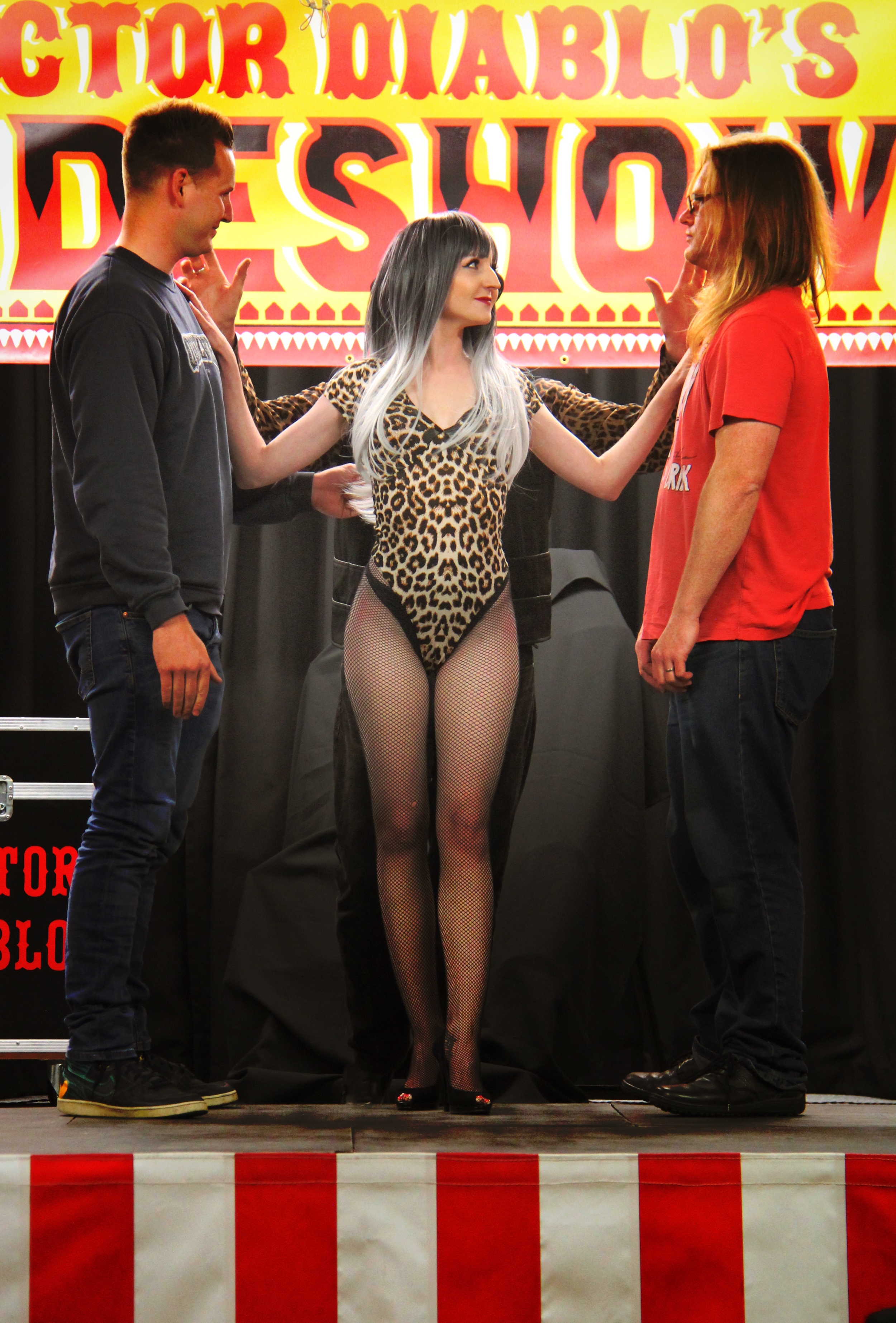
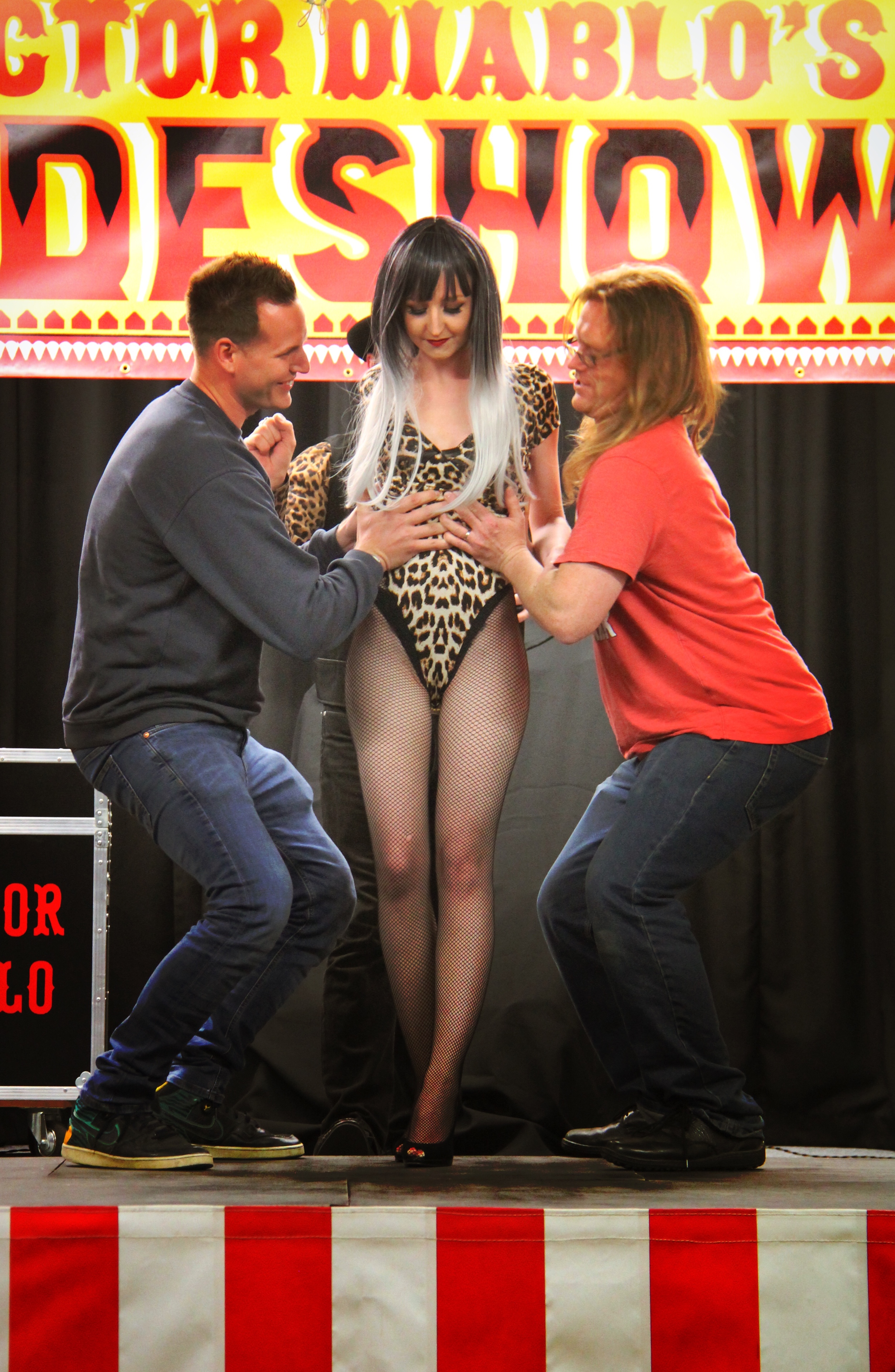
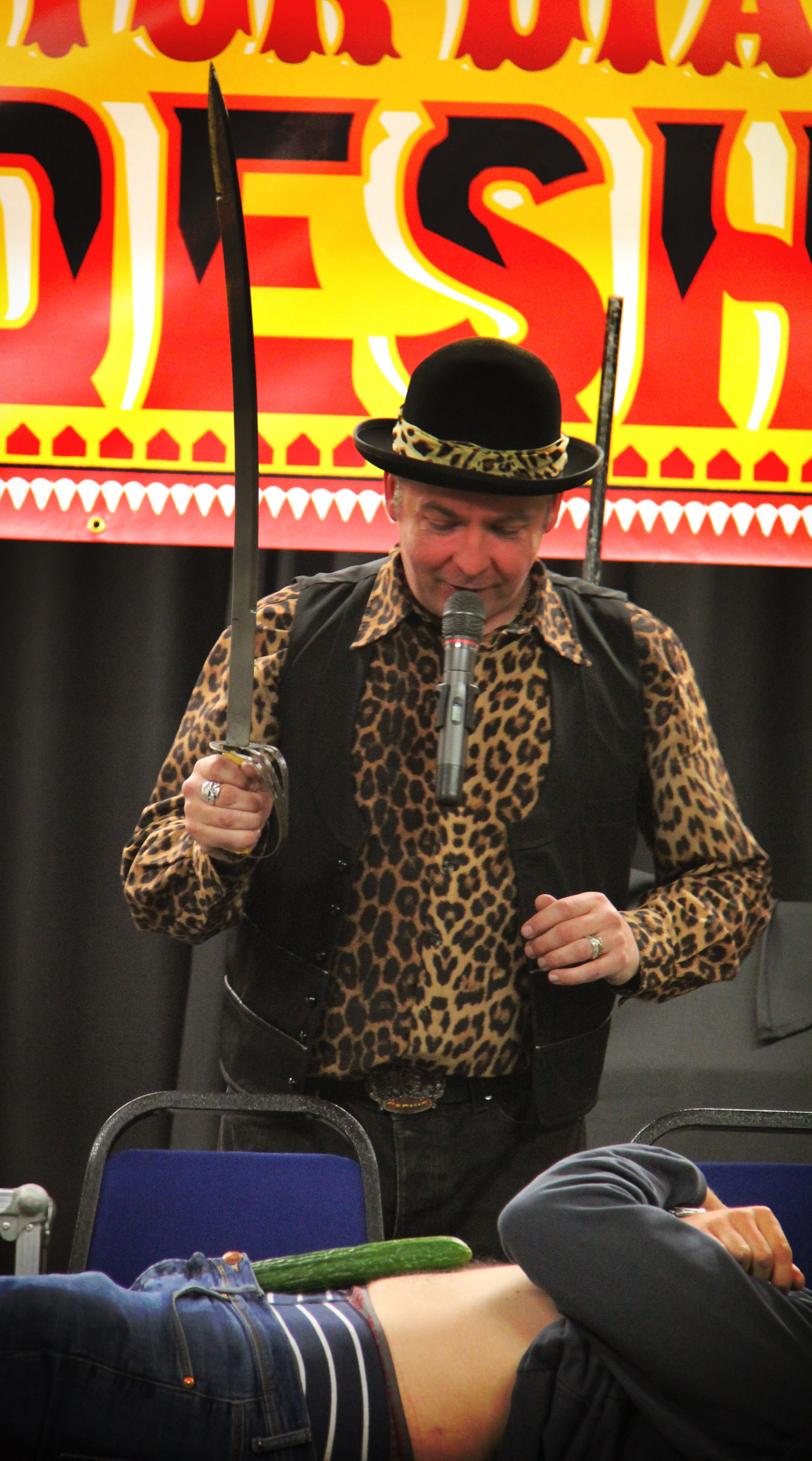
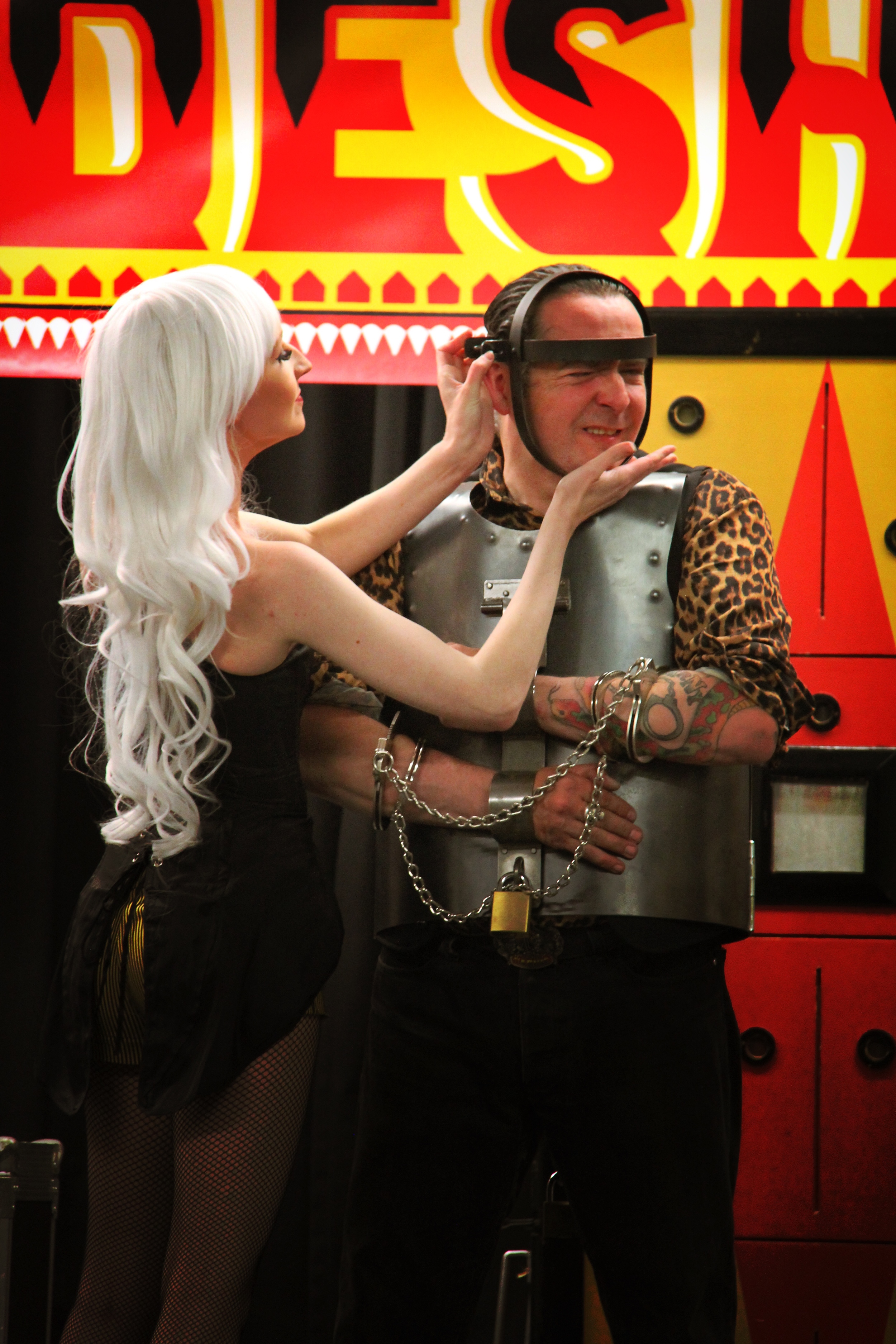
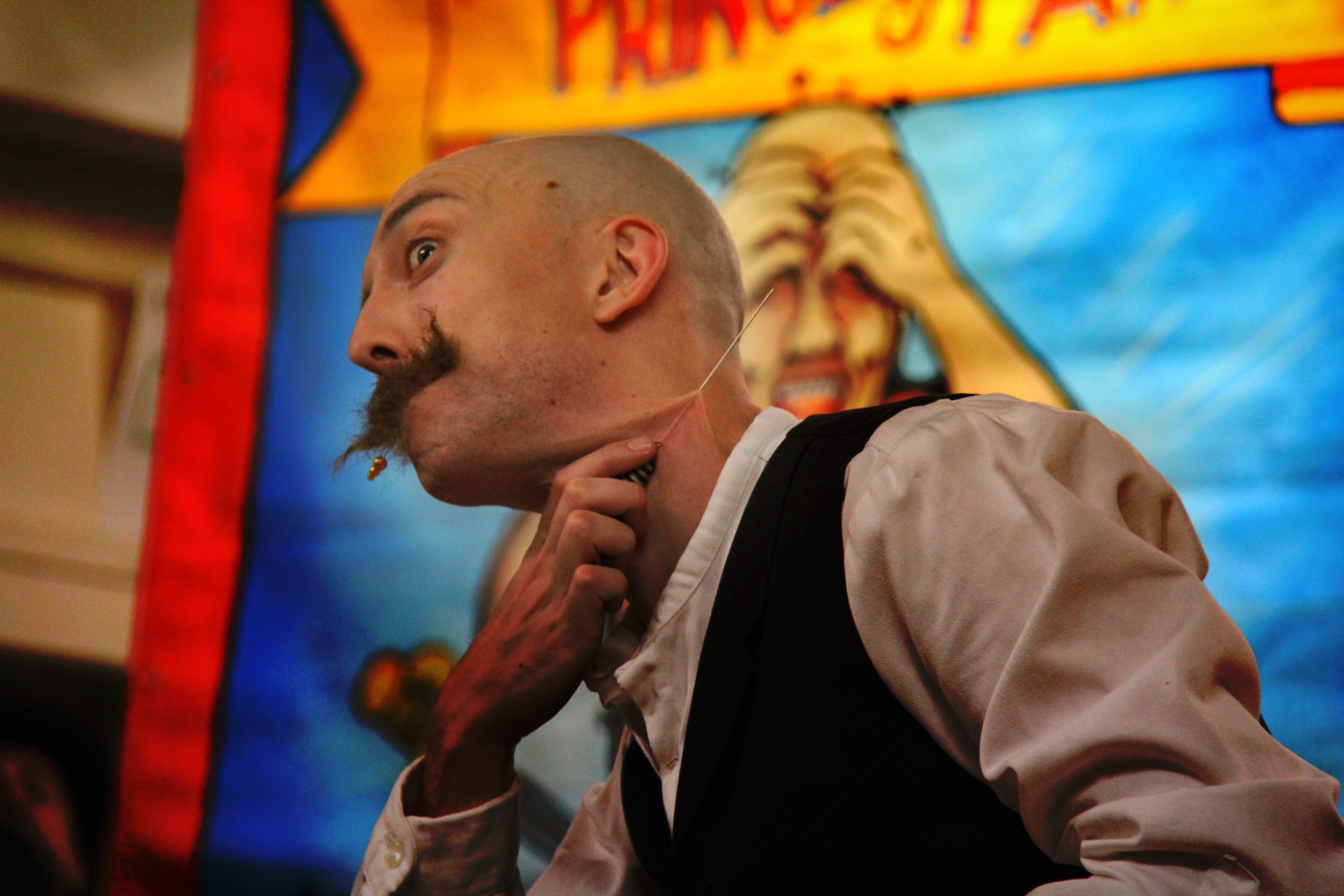

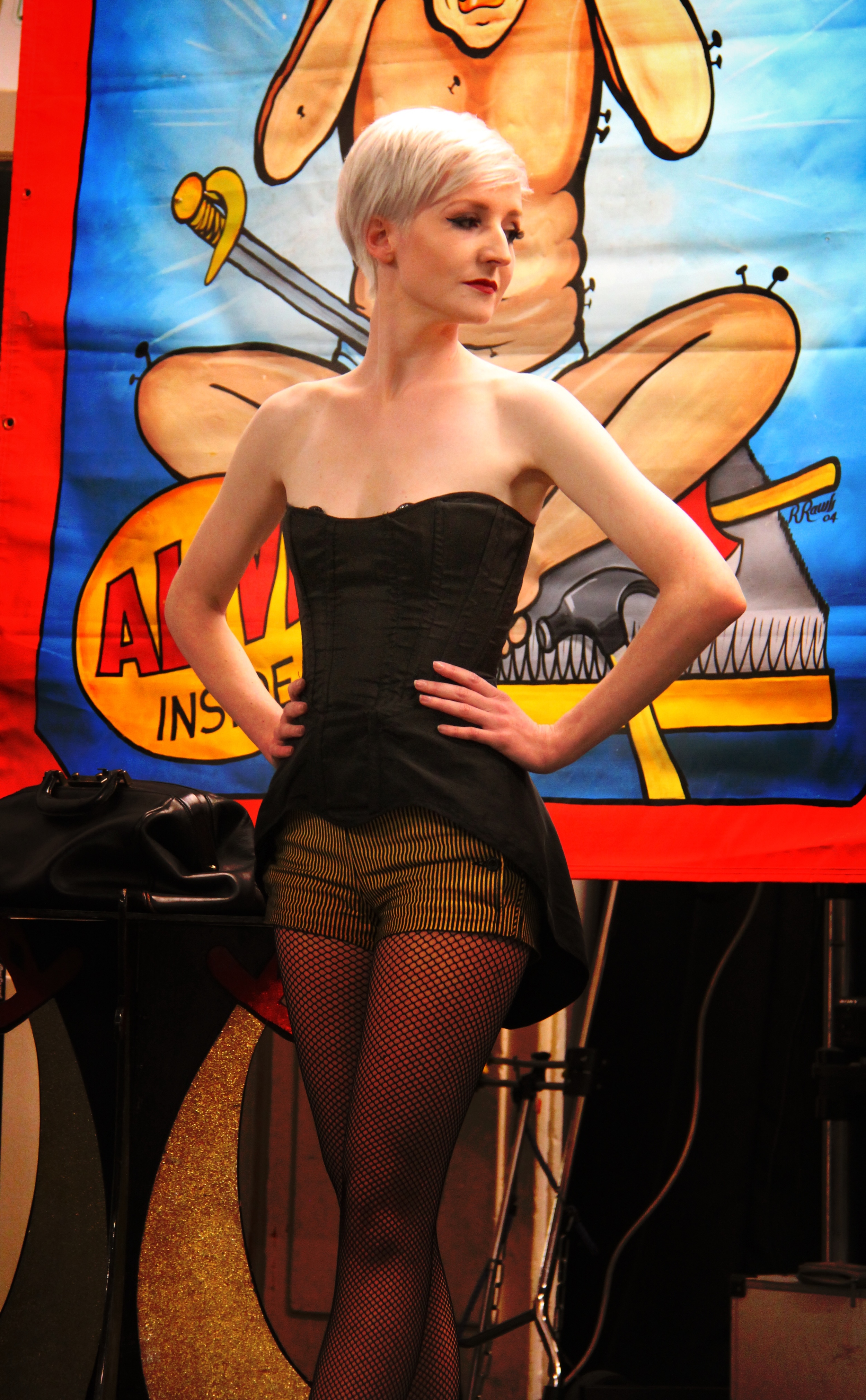
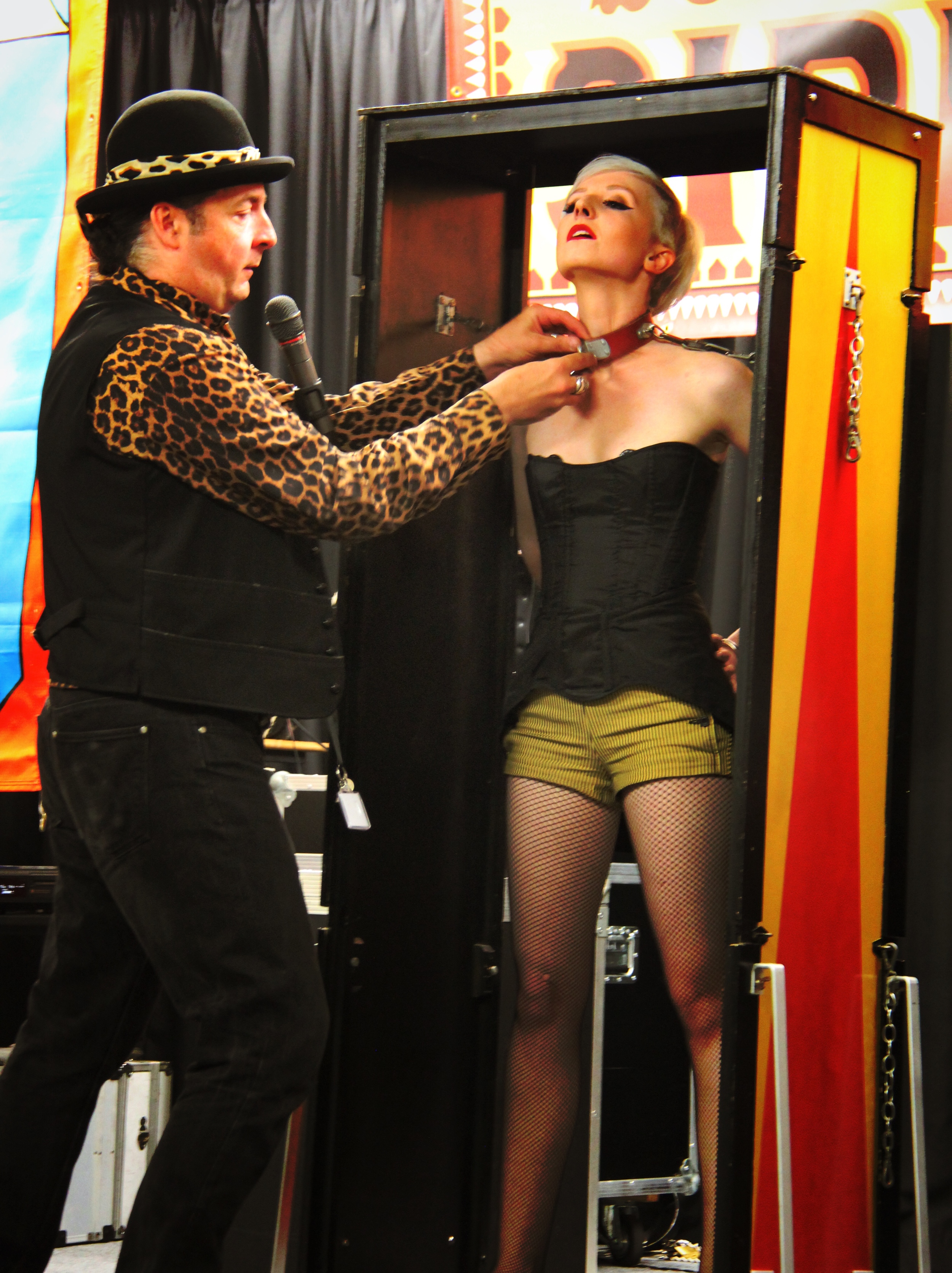
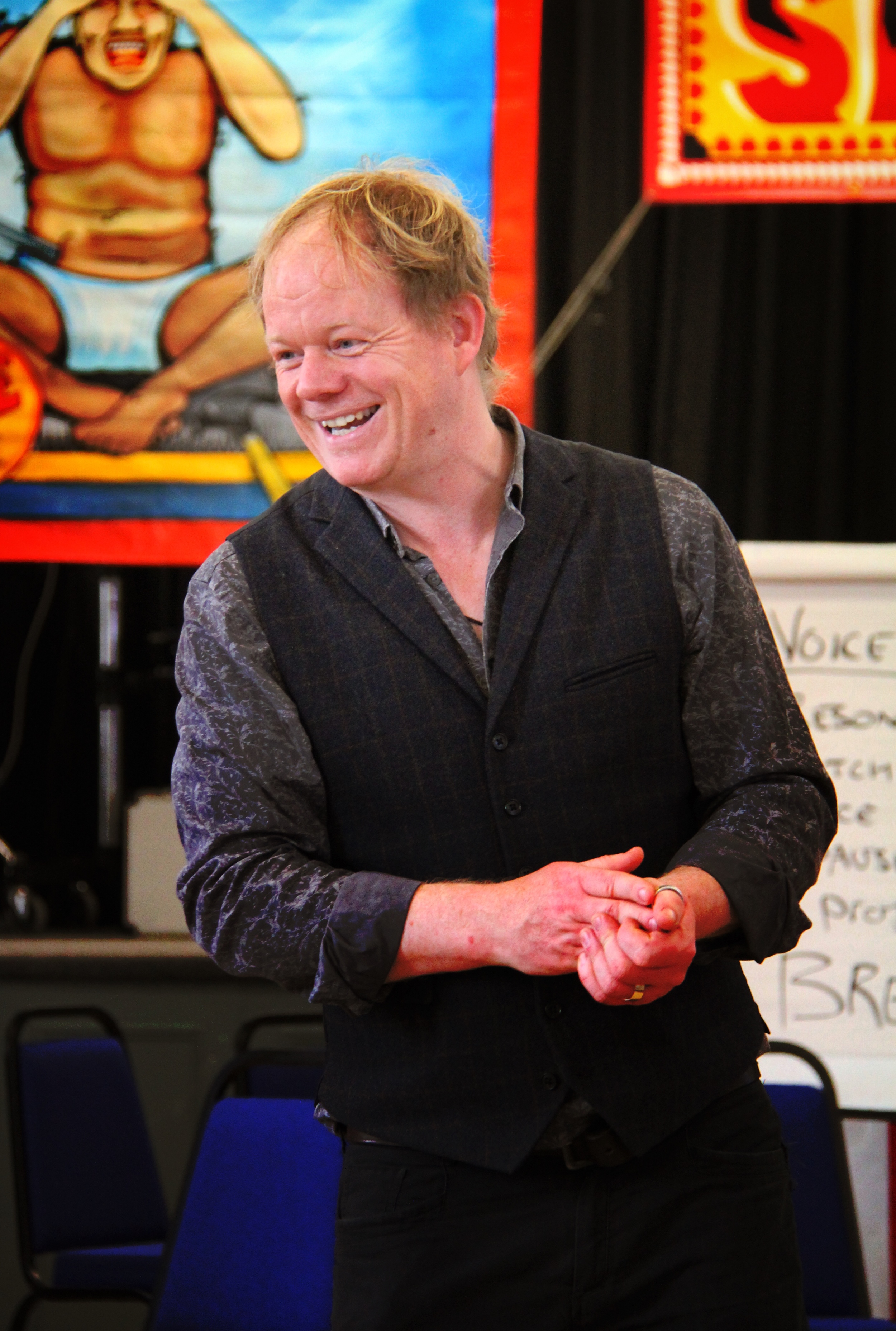
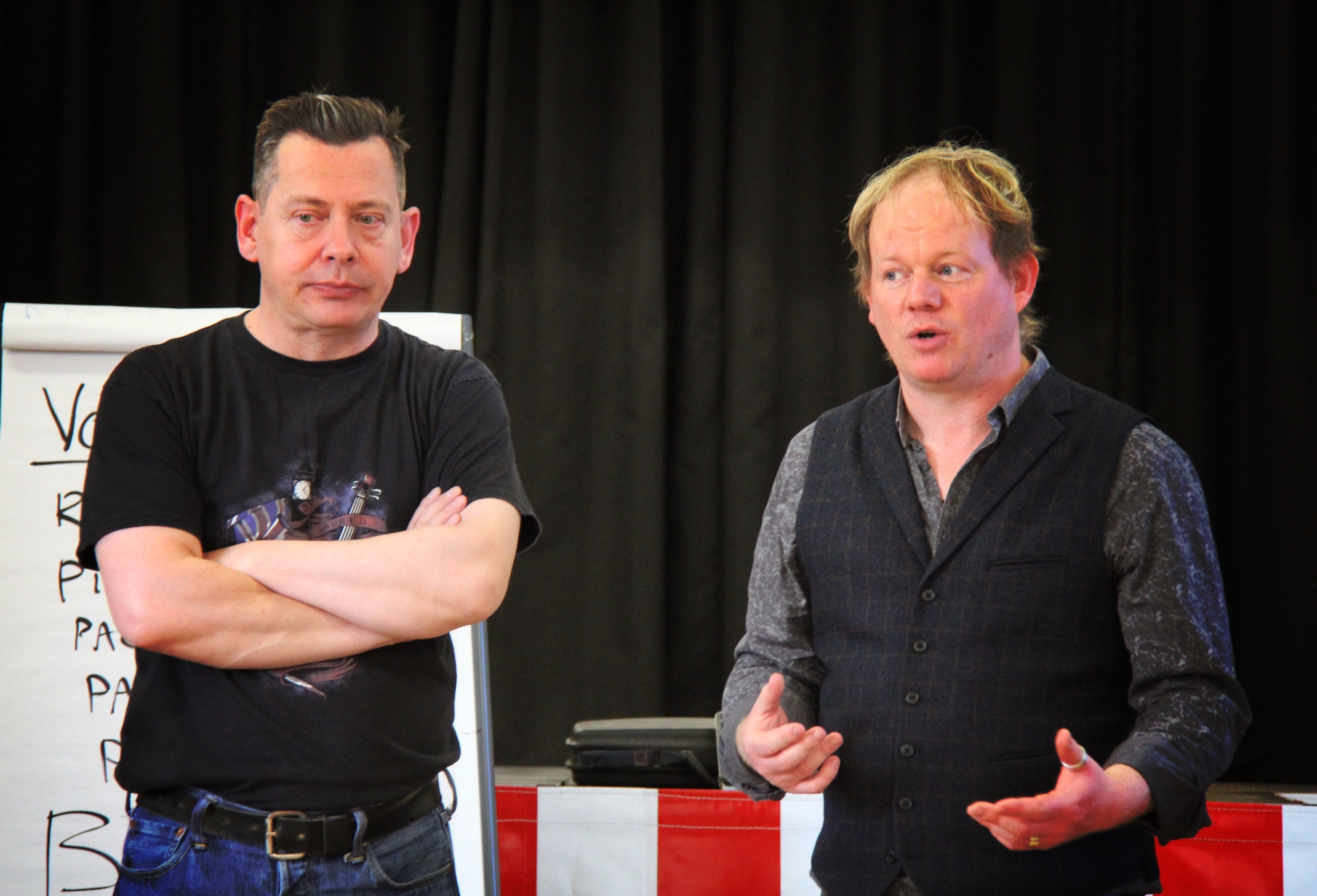
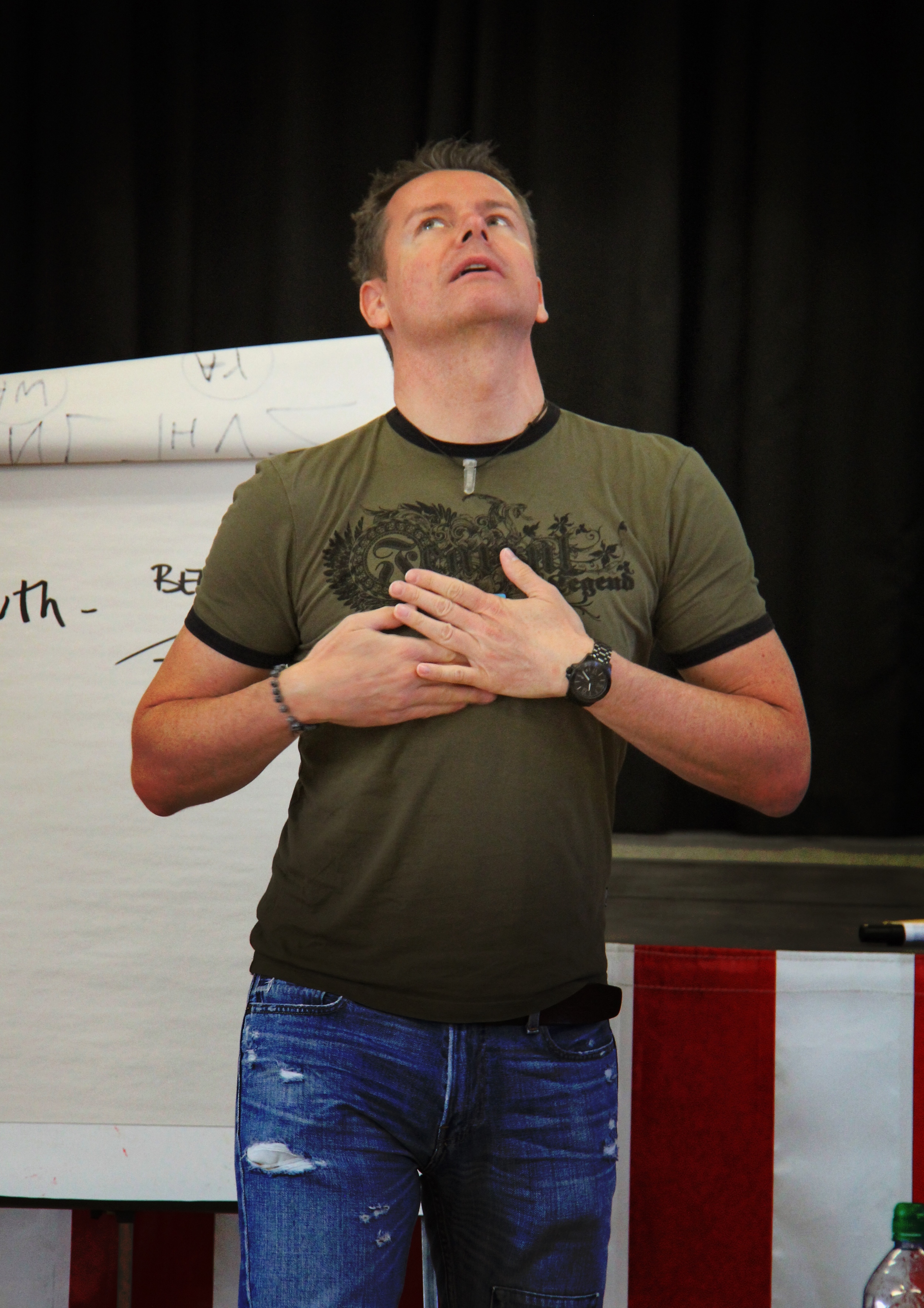

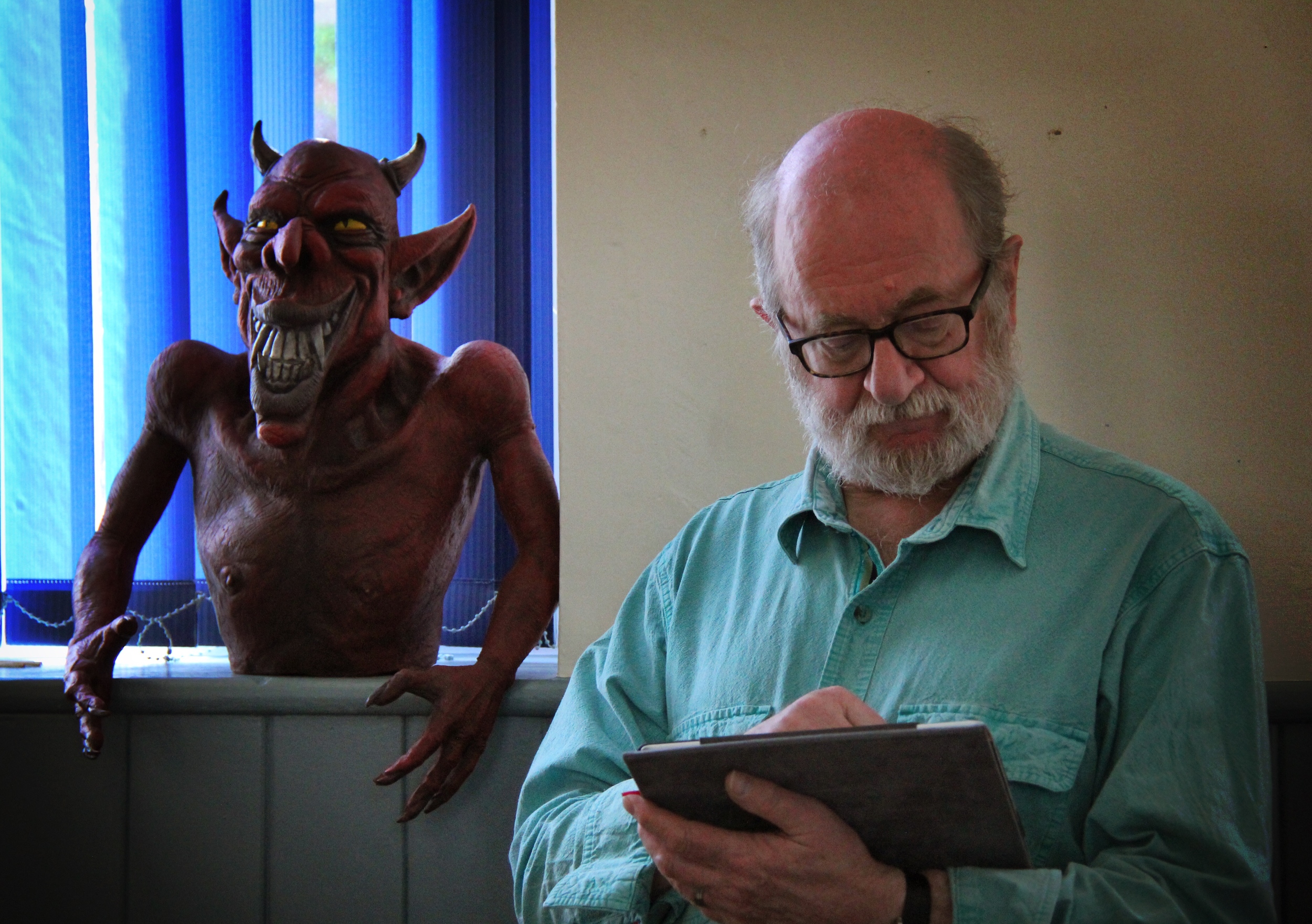
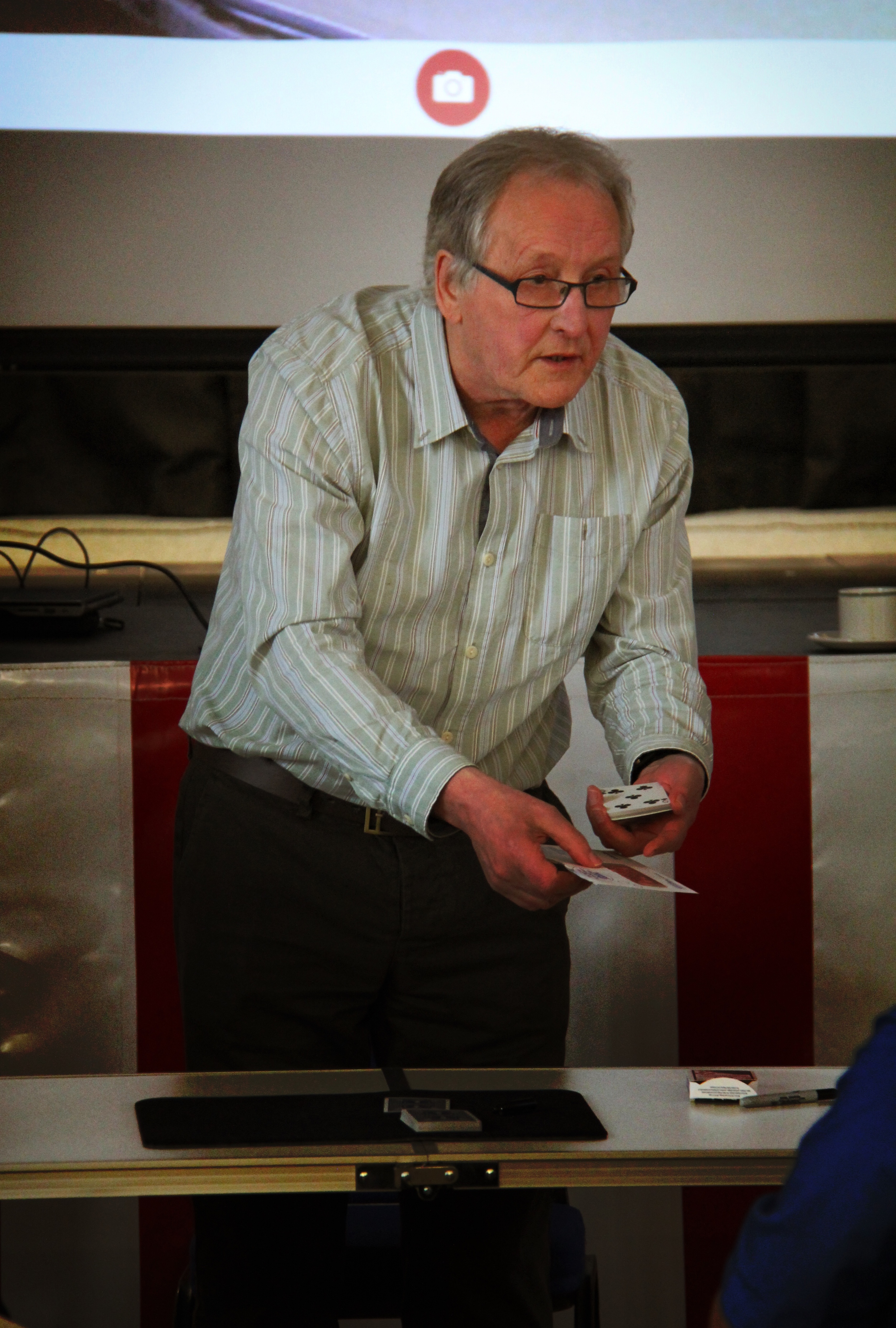
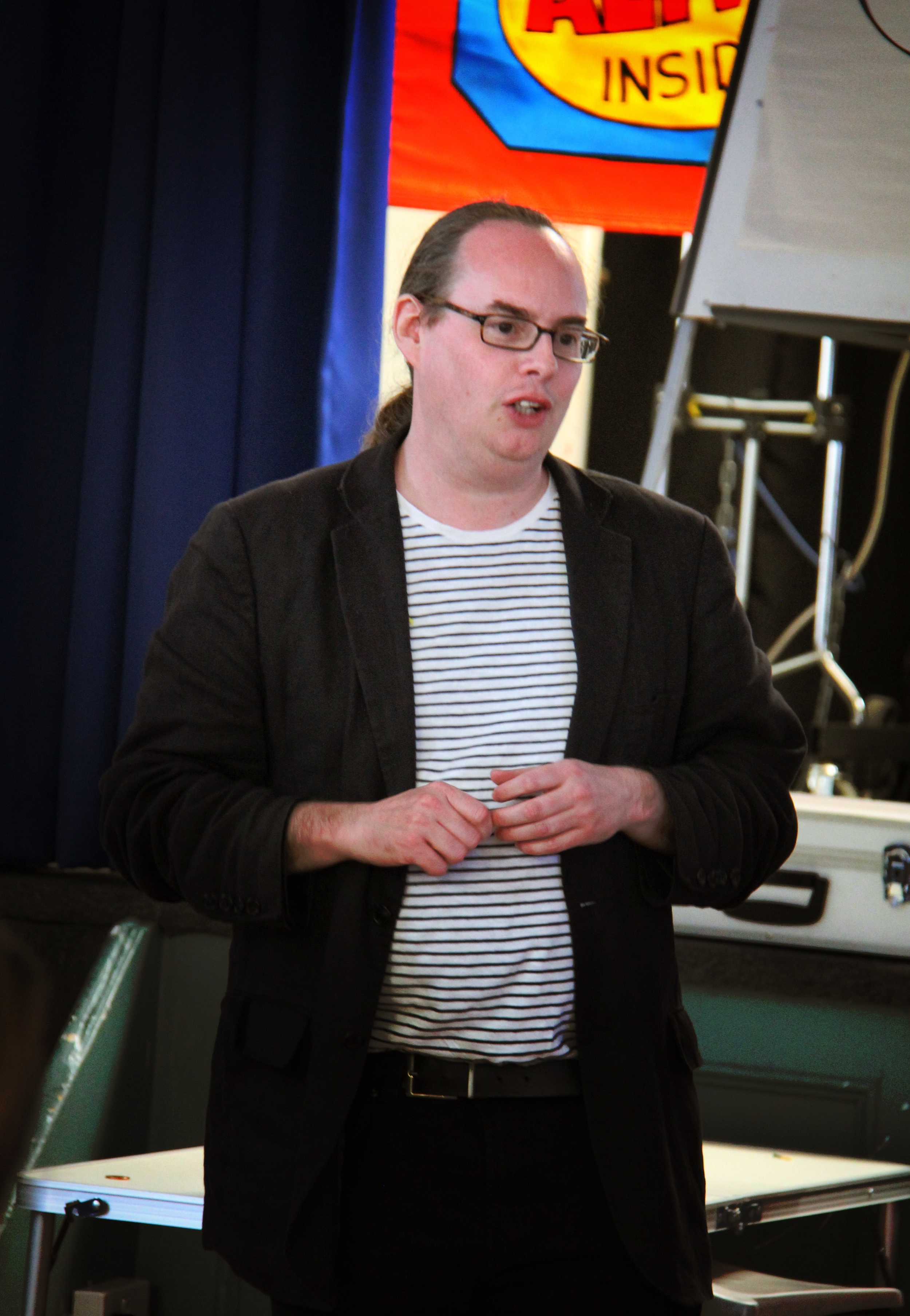
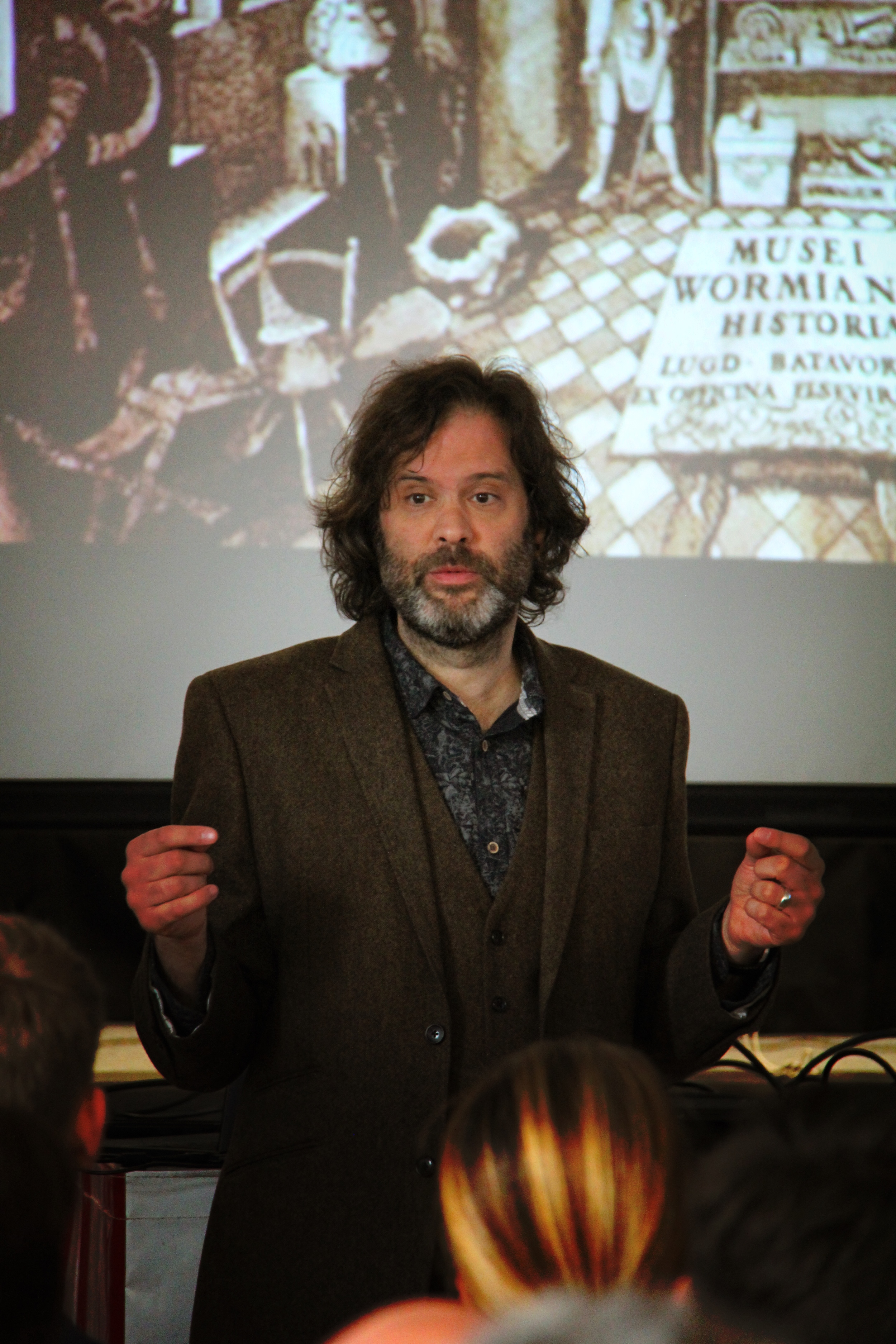
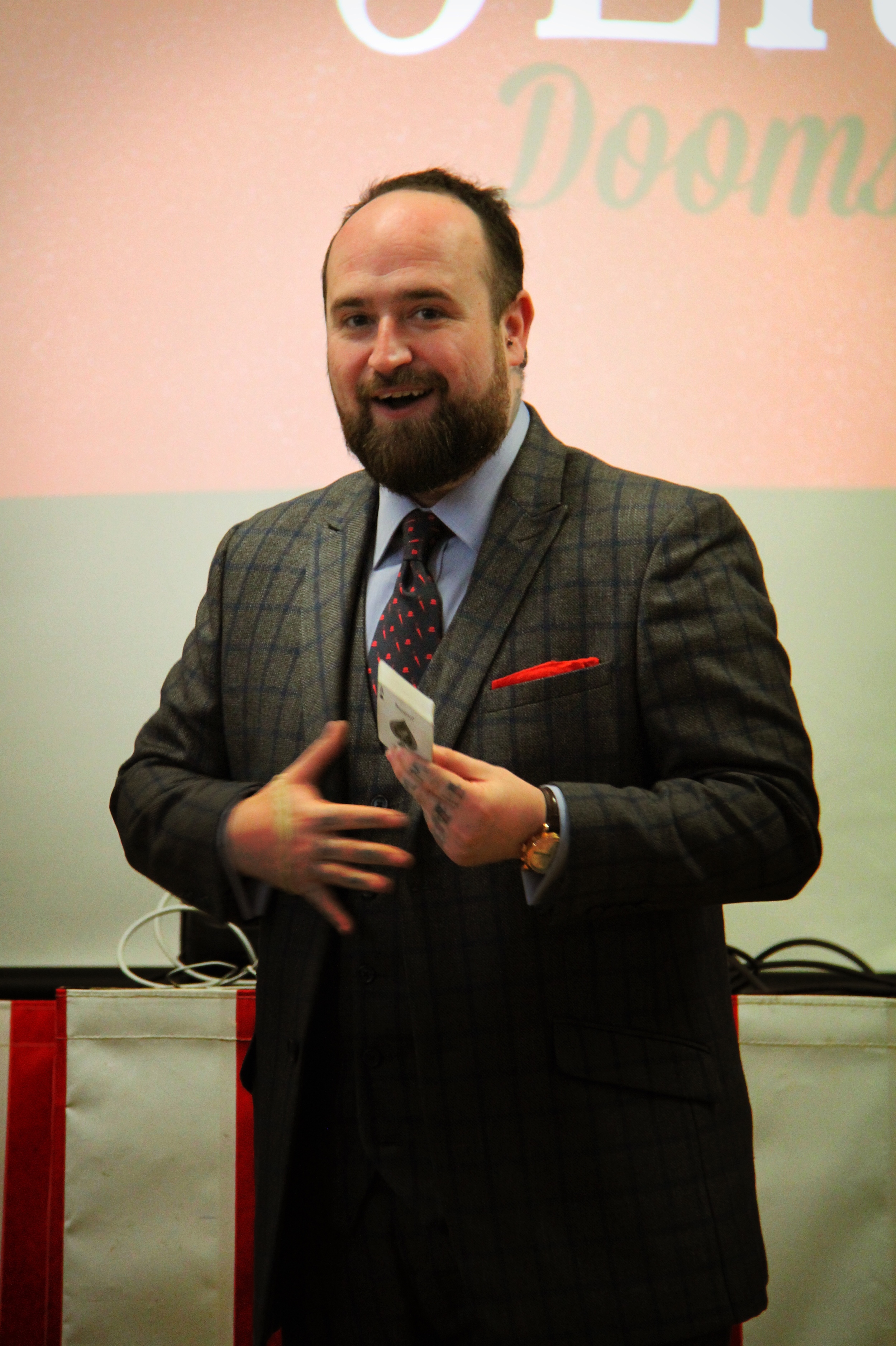

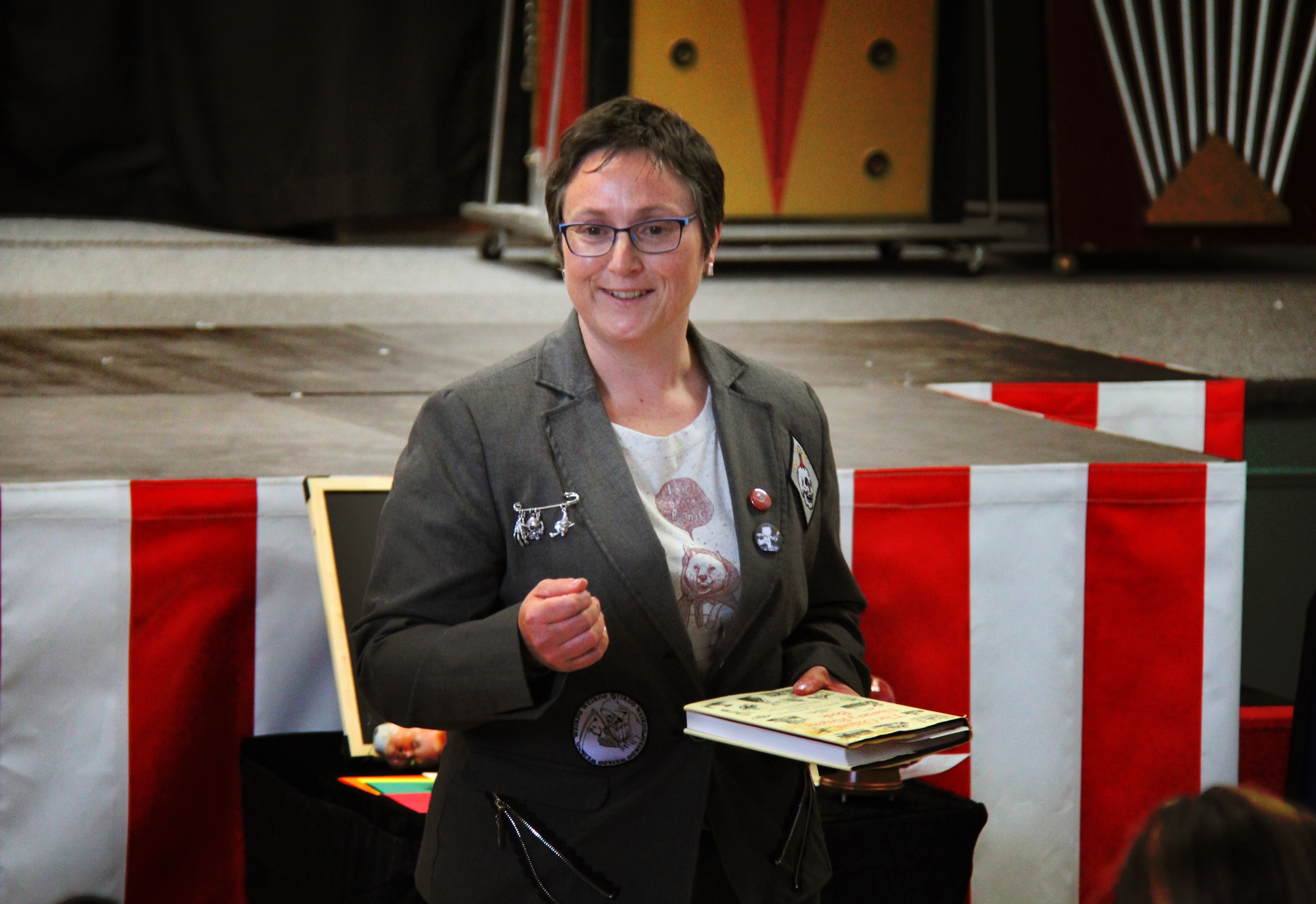
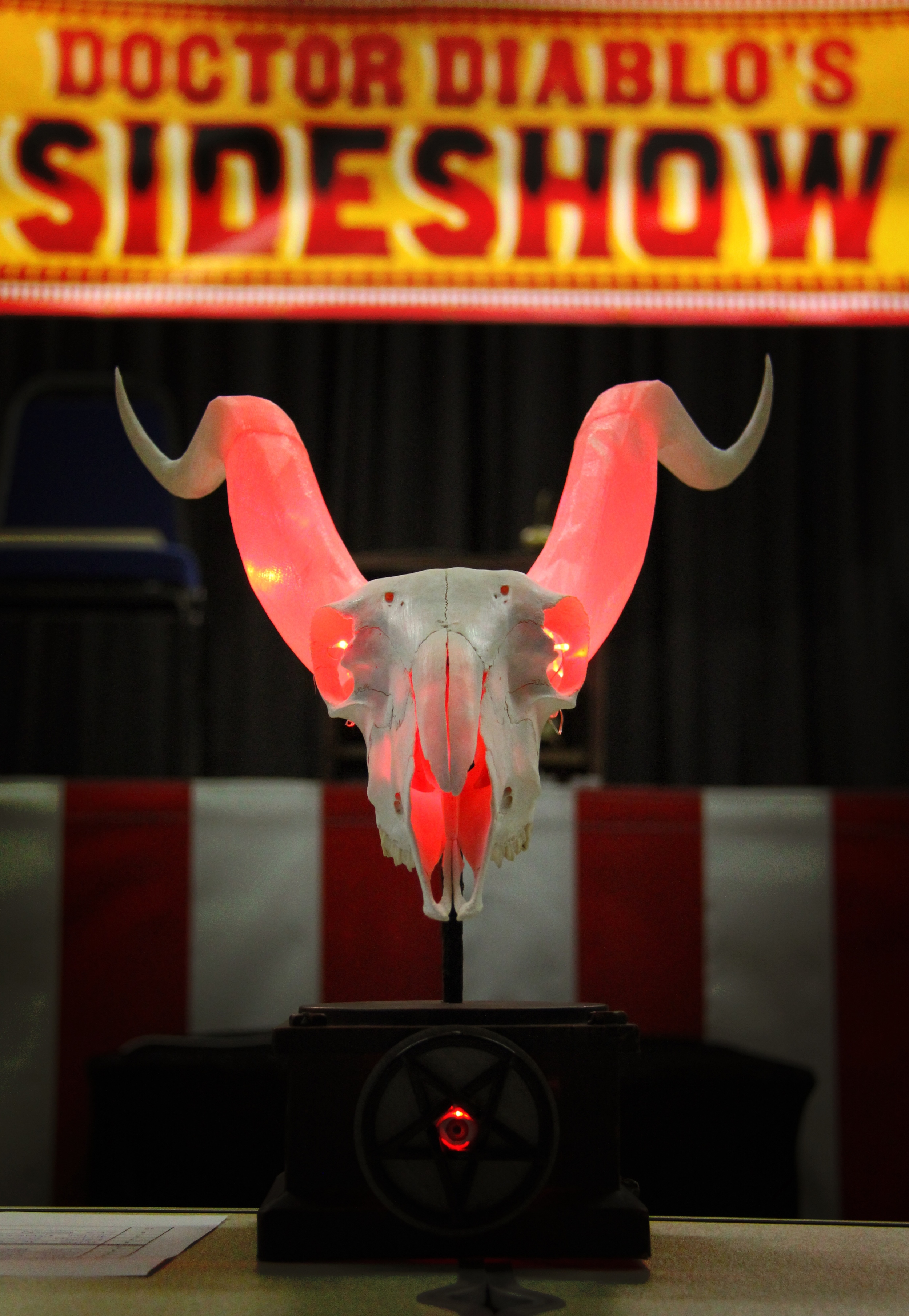
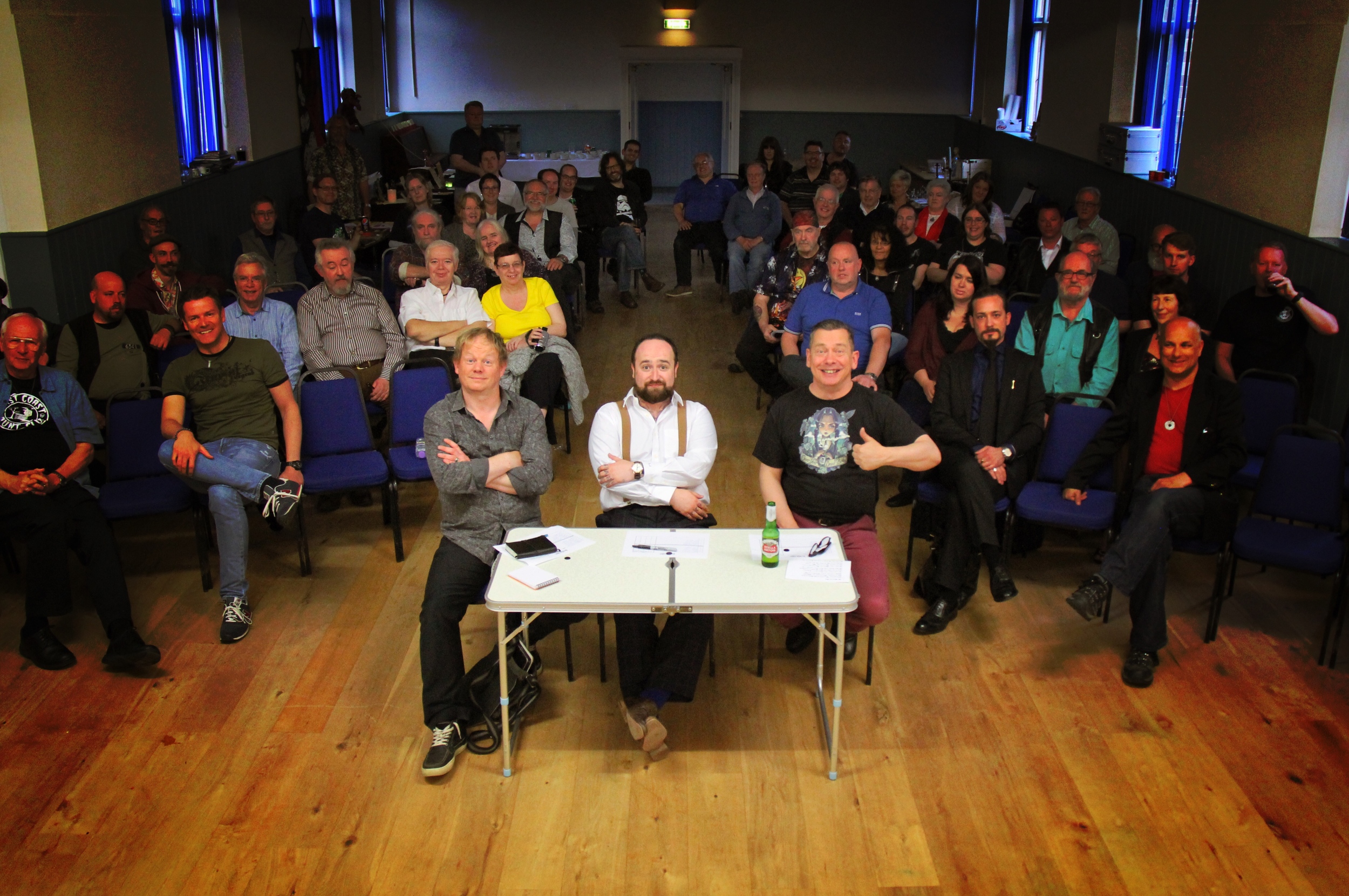

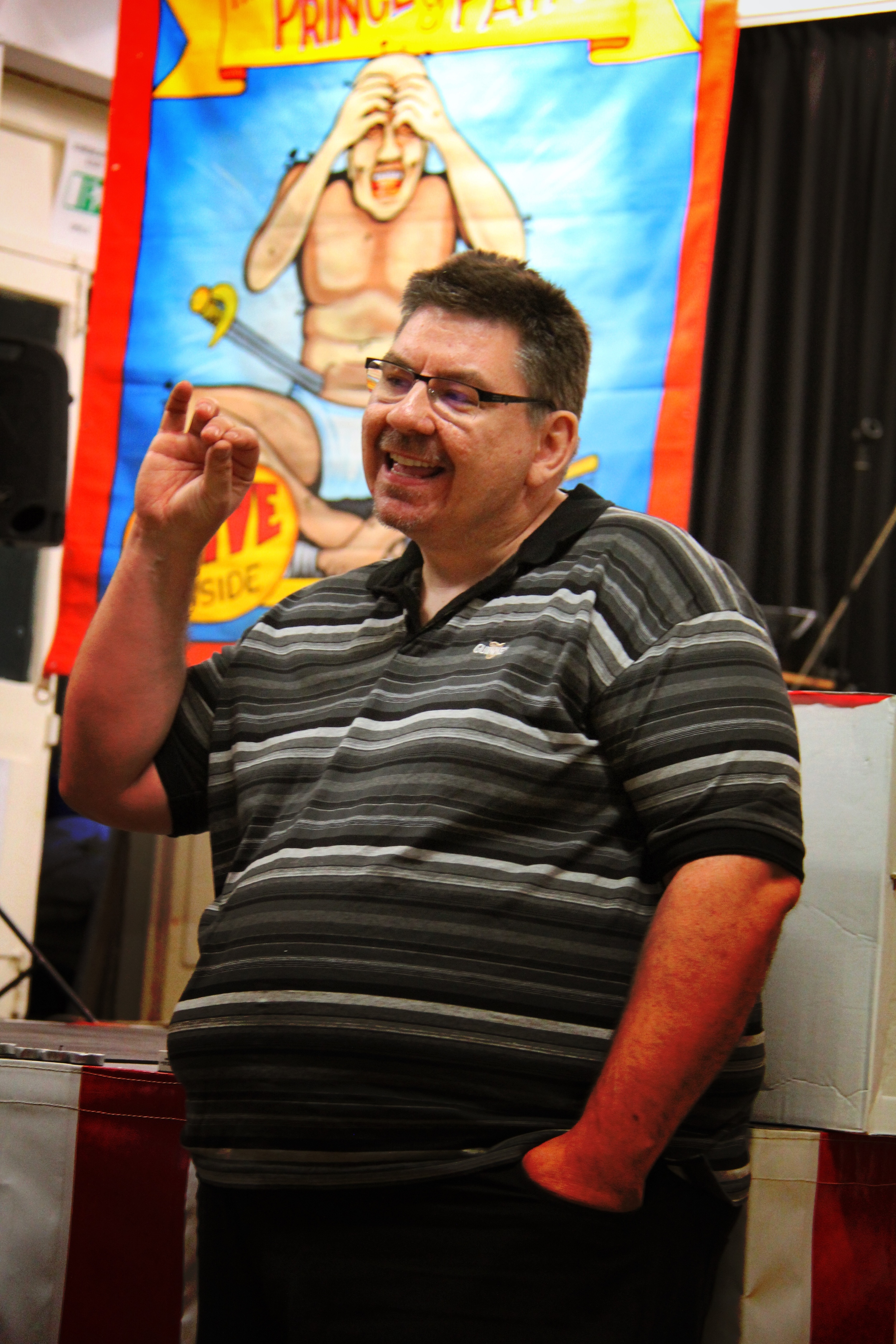
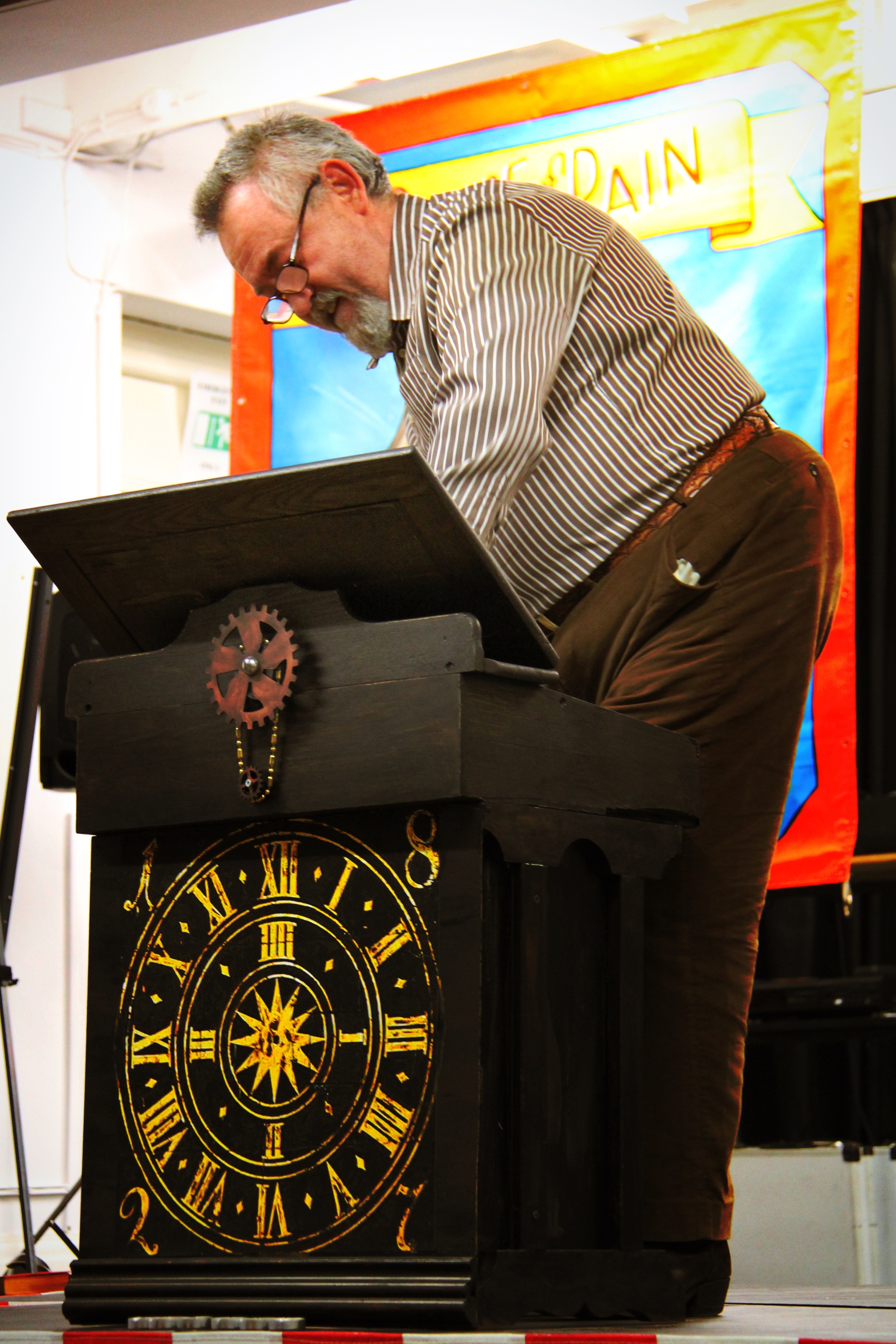
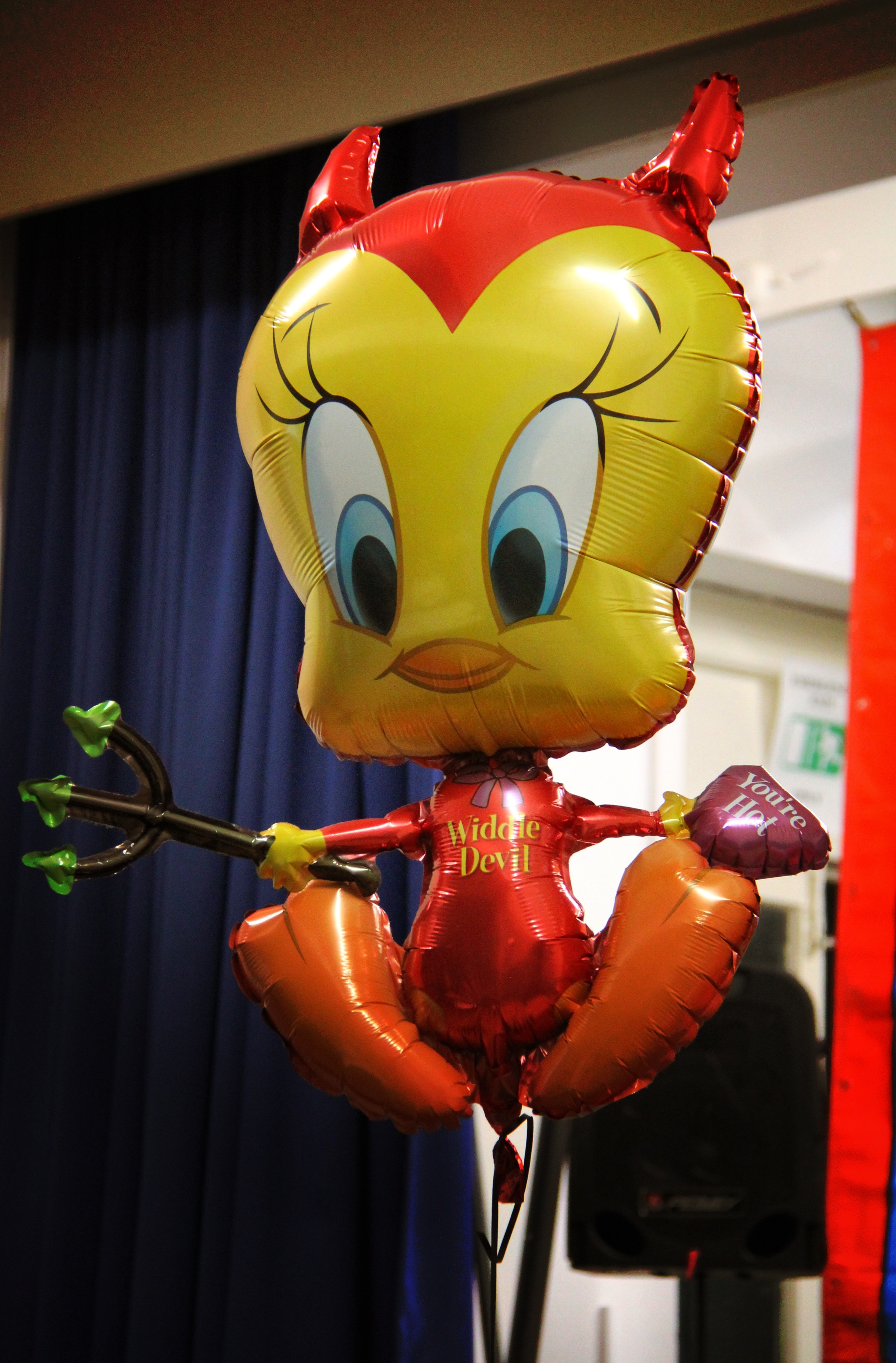

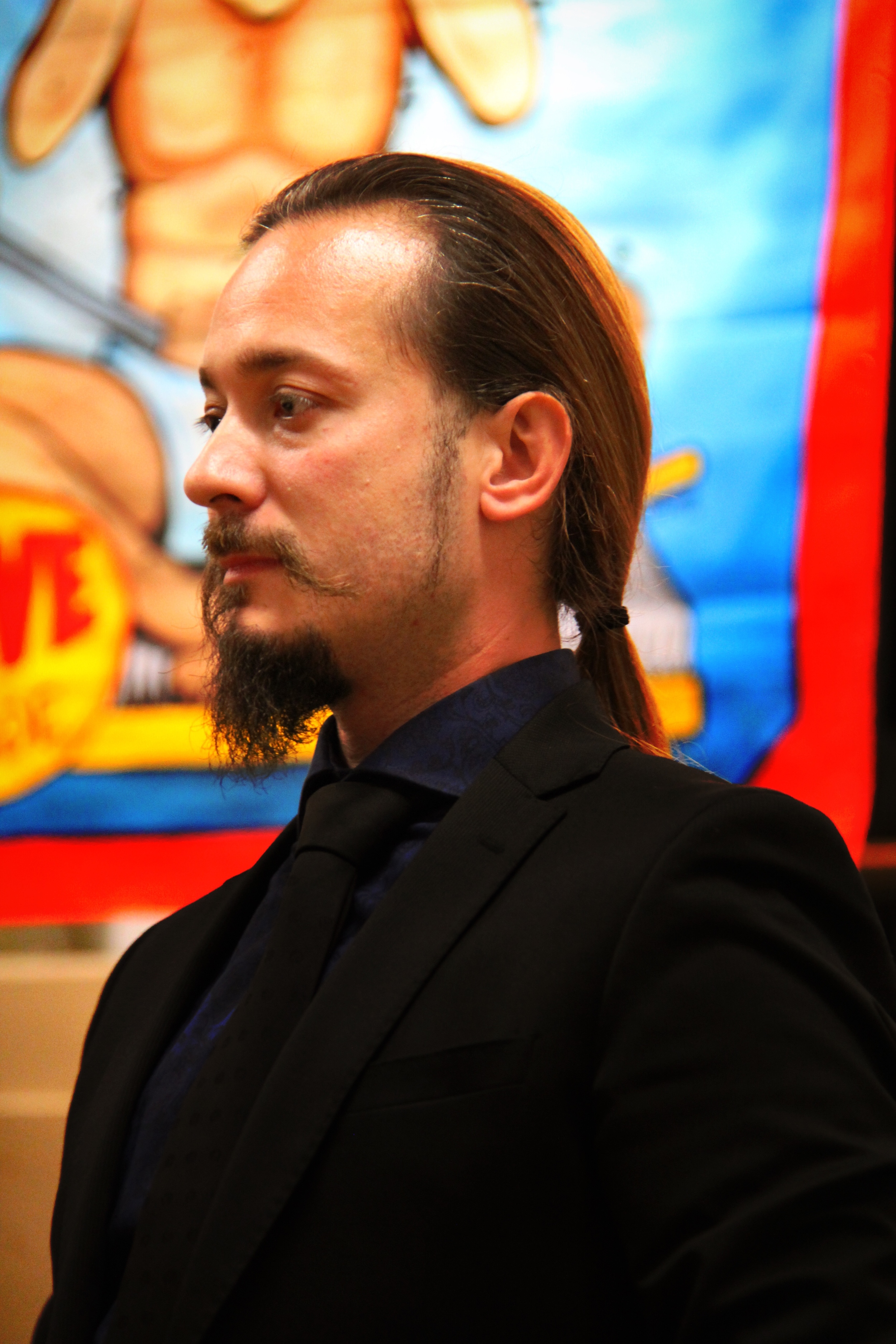

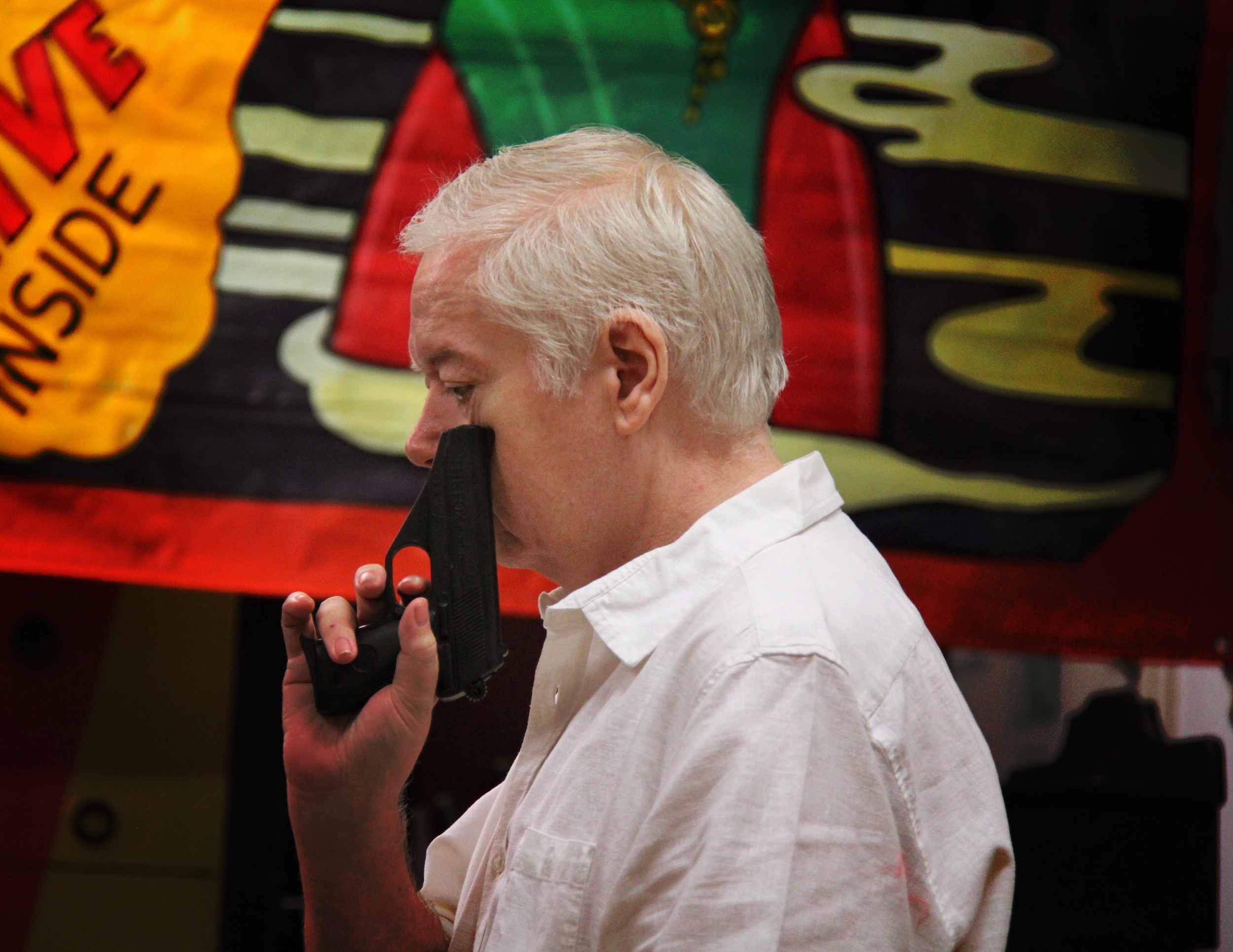

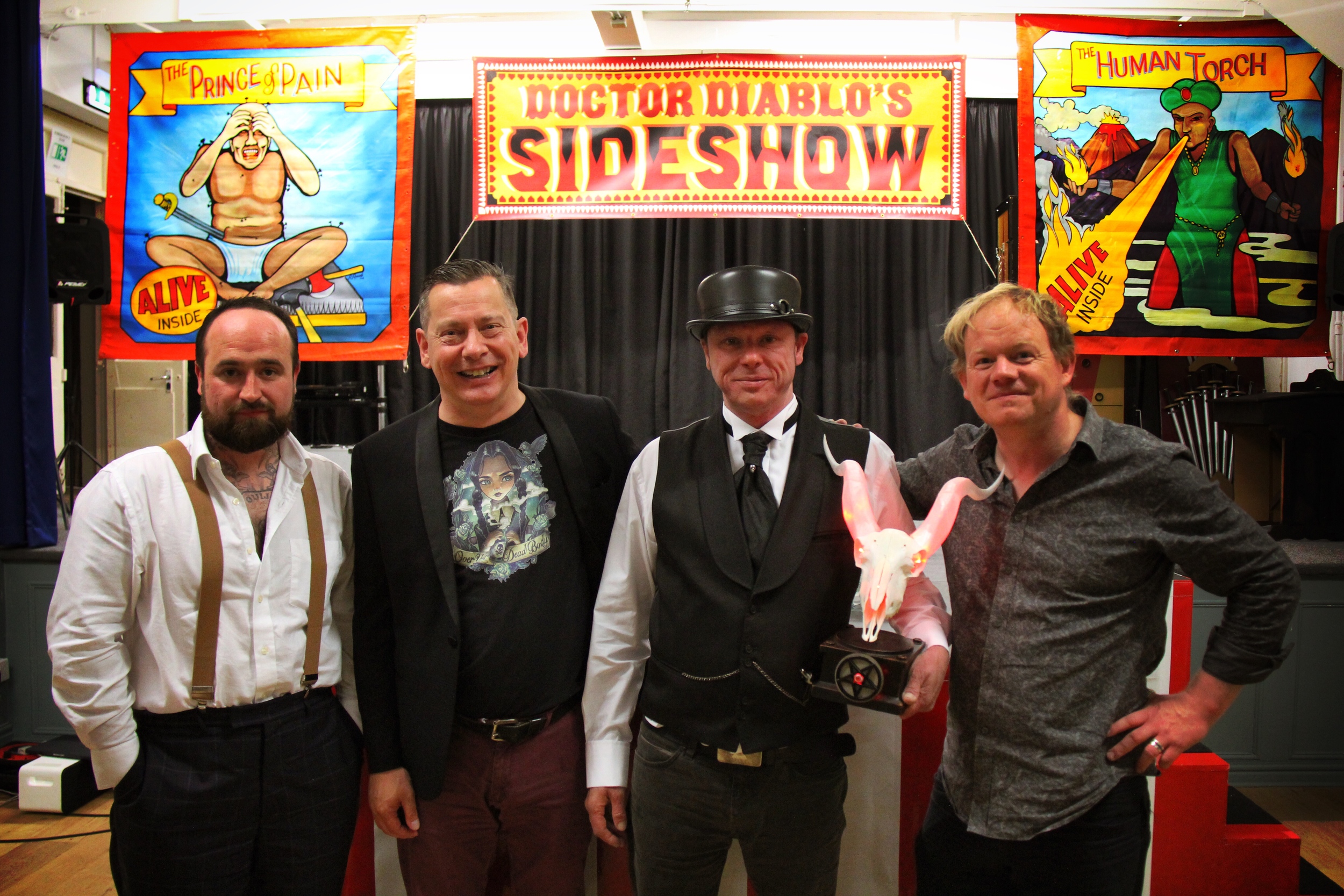
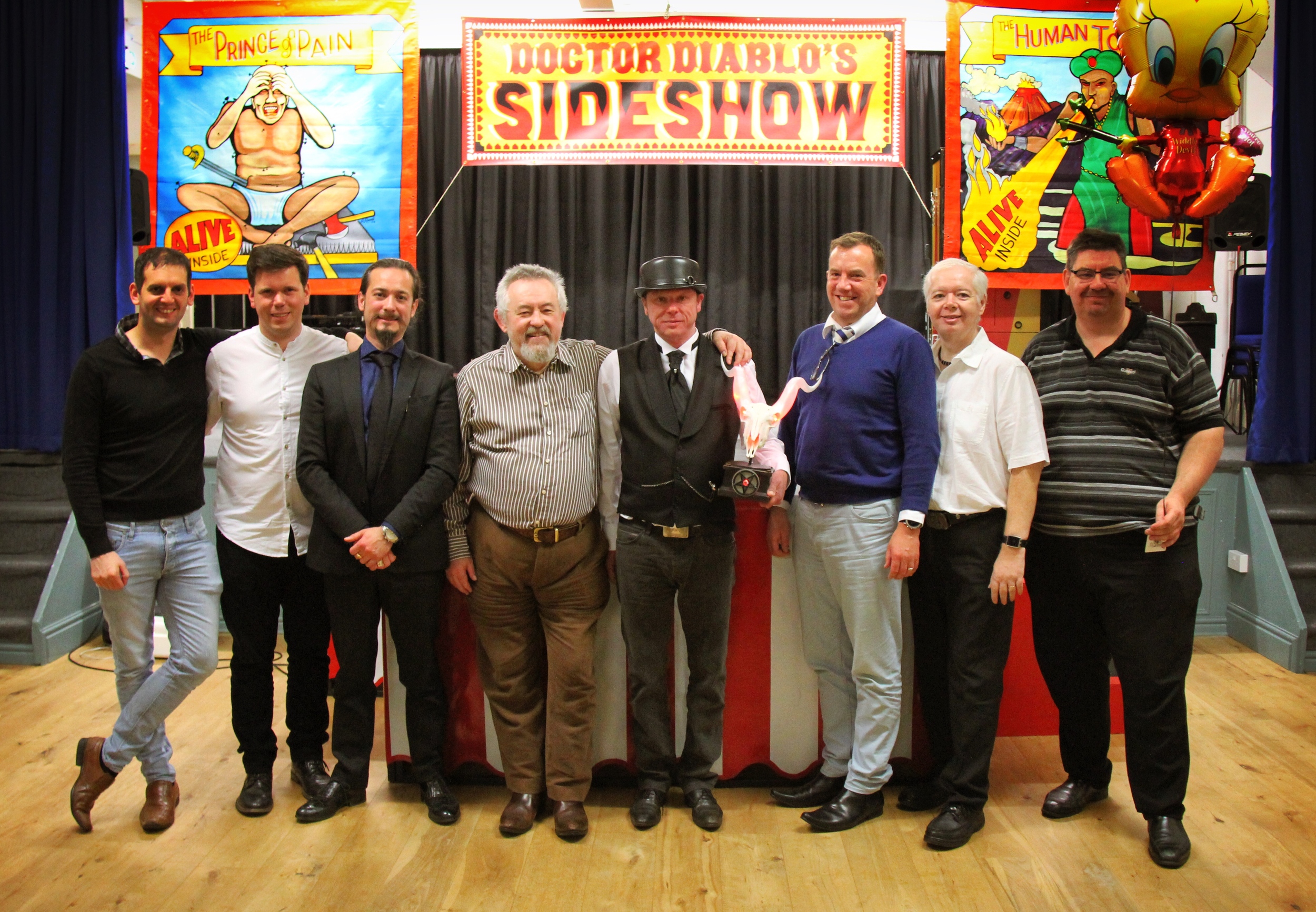
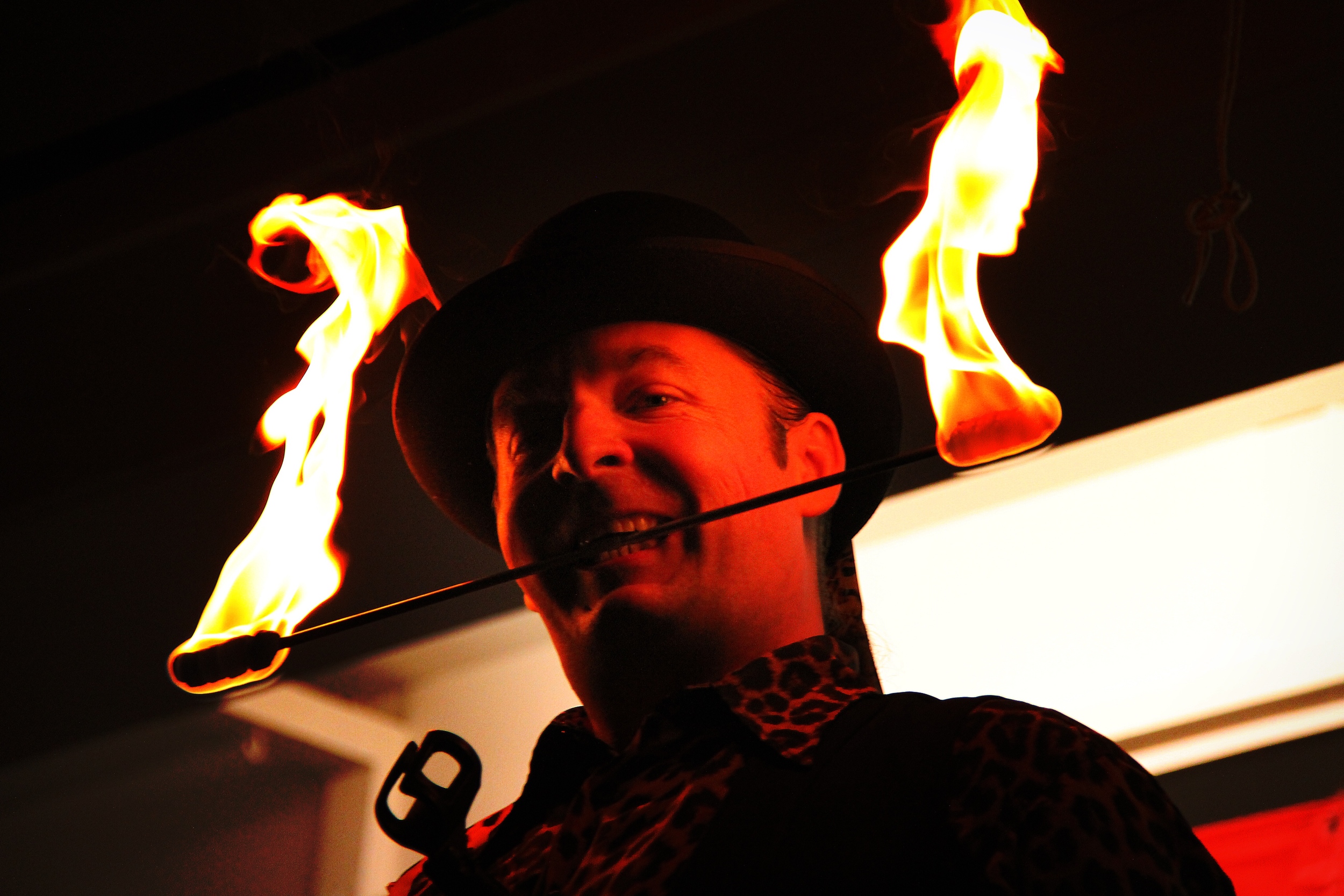
Fairies, witches, spirits and Shakespeare - a guide to the folklore of the Clydach Gorge
As my annual pilgrimage to The Legendary Llangolloen Fairy Festival fast approaches I thought it seemed fitting to include this great article by Claire Barrand taken from yesterday's Abergavenny Chronicle.
As someone who loves all things supernatural I was intent to discover what beautiful magical Wales, steeped in mystery and superstition has to offer in the way of local ghosts and folklore.
Walking my dog through the enchanting woods near my home in Maes Y Gwartha and along the path to Clydach Gorge, I imagine the trees whispering their secrets to me. Inspired to find out more, last week I met with official Welsh tourist guide Eifion Lloyd-Davies at Gellifelen tunnels for a guided tour through Clydach Gorge and sure enough he did not disappoint with his bygone tales of the mythical legends associated with the area.
The Gorge is an enchanting place, cutting deep through the rocks of the South Wales coalfield between Brynmawr and Gilwern and despite the current works on the A465 it is easy to lose yourself in its fairy-tale splendour.
Locals herald the story that Shakespeare himself so inspired by the mystical properties of the Gorge, wrote A Midsummer Night’s Dream here. Shakespeare in this, reflects the essence and beliefs of his era, and the superstition that dominated the widespread opinions in those times that the Gorge was the haunt of fairies, goblins and witches.
Wild and with nature in abundance, Britain’s oldest beech wood, which has survived some 14,000 years, hugs the side of the gorge forming the Cwm Clydach nature reserve. With over 400 species of fungi and rare plants birds and butterflies to be spotted here it is no wonder the site is protected for its inhabitants. Immense tracks of wild garlic leave a powerful scent in the air. There are 17 waterfalls, the most spectacular being the dramatic 60ft falls at Devil’s Bridge.
Devils Bridge is so named as the water has worn away a sinister image said to be the devils face himself into the rocks below. Legend has it that here in Cwm Pwca, a particular sort of goblin named “Pwca” existed. Mythological creatures, they were believed to have a menacing shapeshifting ability, usually beginning in the form of rabbits, horse, cat goat or dog but always black. Said to have the power to bring terrible fortune, people would be filled with dread if one crossed their path for fear that the “Pwca” would curse them.
As we strolled past the old railway station viewing ahead the lime kilns and beyond where it is said Peregrine falcons nest and certain trees grow here as only they can where the air is at its purest, Eifion related the story about some farm hands who were walking with their horse pulling a cart of straw one summers eve when it suddenly stopped and refused to walk another step. The men recalling an old lady walking past, and assuming she must have been a witch that had placed a curse on their horse, chased back after her cutting briar switches as they went, once finding her they viciously beat her until she bled, thus the horse was said to walk once again. The reason behind their brutality was the belief that a witch’s power could be released by drawing her blood by scratching her as quoted in Shakespeare, ‘Blood will I draw on thee, thou art a witch’.
Witches, were thought to brew evil concoctions in their cauldrons and here in the Gorge there were no shortage of the gwiddonod (witches) depicted as wicked old women who could cast curses over people and animals, ride broomsticks, tell fortunes and use charms to both heal and cause diseases.
Another Clydach witch was said to be that of Old Magw. A teacher employed at the Ironworks school in Clydach by the manager Edward Frere, Old Magw was reputed to be a vicious wicked woman with merciless means of dealing out the most severe punishments to children who were late for school or defiant. Widely feared by local folk she was reputed to curse your plants in the garden if you maddened her.
Another teacher reputedly a harsh tyrant at the ironworks school was a man called John Dawson who was reputed to have three pets that he kept close by his side - a black jackdaw, a cat and a welsh terrier. Disliked by many Dawson would walk daily from home and back to work across the mountain from Twyn Wenallt and one day, he just vanished.
Assumed that he had drowned in a nearby pond, locals in search of his body recovered a sack from the water with the three pets drowned inside, however he was never seen again. The apparition of a figure wearing “old fashioned clothing” and a hat that “dated back to the Seventeenth Century”, has been reported high up on Gilwern Hill near the old quarry pits, known locally as the Tyla. Could this be the ghost of John Dawson?
There is another story of a witch located in Clydach and her name was Molly Davies. Little is known about Old Molly but it is reputed that she had the power to make pigs stand on their heads!
Eifion explained to me that there was widespread belief that at certain times of the year folk witches met at midnight to steal and ride horses belonging to local people and stories of the animals being discovered perspiring and distressed in the morning were proof that witches had been riding them.
General belief was that branches from Elder or Mountain Ash trees woven around stable doors it would deter the witches and Elder was grown commonly in Wales at the entrance of farms to stop witches entering can found growing there to this can.
Elder has many associations with the fairy world in Celtic lands and there is also much natural magic associated with powers of Ash. The witch’s broom was traditionally made of an Ash staff, together with Birch twigs and Willow bindings.
People would customarily only cut elder branches with the permission of the tree and would first doff their caps to the tree and say, ‘Old Woman, give me some of thy wood and I will give thee some of mine when I grow into a tree’.
If this procedure was not adopted, ill-luck could befall. In some Welsh traditions, witches were even said to live inside Ash trees. The Ash tree has always been given mystical import and character, frequently being associated with healing and enchantment. In Celtic literature, there are many references to the Ash tree, but in particular it is associated with the Welsh Magician-God Gwyddion, who bears an Ash staff/wand, a symbol.
Amongst other magical healing powers that the Gorge held precious was the belief that hernias could be cured by splitting an ash tree and passing the afflicted person through the gap three times to make their hernia disappear. Children suffered a lot with hernias due to the heavy work they were subjected to at the ironworks and this practise would have been a regular event!
Over on the opposite side of the valley towards it is said that a wise man called Solomon lived. (below another fort named Tom Thumb’s Rock or King Arthur’s Chair). He was said to be able to cure animals, and as one farmer crossed the valley in desperation one day to find Solomon to tend his animal he found him already en-route to his farm as he also had the ability to see the future.
As we approached one of the earliest chapels in the area, Nazareth chapel (known as Cuckoo chapel) now privately owned, Eifion pointed out behind it on the mountain top stands Dynas rock – an iron age fort.
A spectral black dog ghost has been witnessed by many people following them down the hill from here. In Welsh folklore, the black dog is usually a night-time apparition, often said to be associated with the Devil or a Hellhound (Cwn Annwn). Its appearance was regarded as a warning of death. It is described to be larger than a normal dog, and often has large, glowing eyes. Black dogs are almost universally regarded as malevolent. The hounds of hell were said to be a pack of ghostly hounds lead out at night by the King of the Otherworld to hunt the souls of the damned. According to Welsh folklore, their growling is loudest when they are at a distance, and as they draw nearer, it grows softer and softer. In legend the hounds are sometimes accompanied by a fearsome hag called Mallt-y-Nos, "Matilda of the Night". Mallt-y-Nos drives the hounds onward with shrieks and wails, which some say are evil and malicious in nature. Apparently once a beautiful but wicked Norman aristocrat who loved hunting so much that she said, "If there is no hunting in heaven, I would rather not go!" She is said to have regretted making this wish, and now cries out in despair as she hunts forever in the night sky. It is not known if she has been seen in this area but no wonder the sighting of the black dog on more than one occasion would fill the locals with fear.
In Llanelli Church yard the ghost of Colonel Sanderson’s white dog was often seen. After his death and burial here, the dog was often pining at his master’s graveside, and so they placed a statue of the dog on the grave after his death. Shadows of the dog have been seen by passers-by at night and poachers coming down from the mountain would report their dog’s hackles going up and refusing to pass the grave yard.
Ghosts not surprisingly are a common feature of Clydach, and another mischievous spirit said to regularly haunt the area, came to take gates off the hinges at certain nights of the year! Spookily the phantom of a headless horseman has also been sighted many times galloping across Smart bridge.
Of course my story would not be complete without mentioning The Lonely Shepherd. As a teenager I had the perfect view from my home on Station Road in Gilwern and I would gape at the rock on the opposite mountain in awe of this legend.
According to local myth, a farmer at Ty-lsaf farm was so cruel to his wife that she threw herself into the River Usk and drowned. For his sin, the husband was turned into a pillar of stone (Lonely Shepherd), but every year on Midsummer’s Eve, he is granted the ability to go down to the banks of the Usk to search for his wife, calling her name - in vain. By next morning he has always returned to his lonely place. It was a local custom to white-wash the stone so that it could easily be seen when it walked on Midsummer’s Eve.
I am certain the Ironworks in Clydach (pictured) must also boast numerous ghosts of employees disfigured or killed here in their duty as the Frere family hired 1350 workers, many of them only children who would have worked here and died at a young age in the 1800s. Now a place of heritage it remains an impressive relic of long-gone times, but I wonder if the spirits and souls that lived and died are still amid us and how many more accounts would they tell if they could?
Legends and folklores provide a greater and deeper insight to life and living, as even despite the various accounts we may hear and the parallels to other folk tales, they are quite simply the legacy left to us by our resident ancestors as a connection to the beliefs, common values and morals that they held as demonstrated in these compelling stories.
For tales such as these to have been passed down from bygone eras illustrates the importance and wisdom of folklore. I feel compelled to share these mystical stories with you and would equally be keen to hear more! Let’s keep them thriving as a gift to our future generations.
